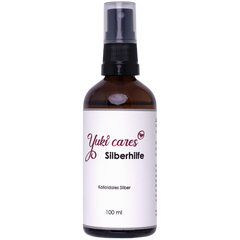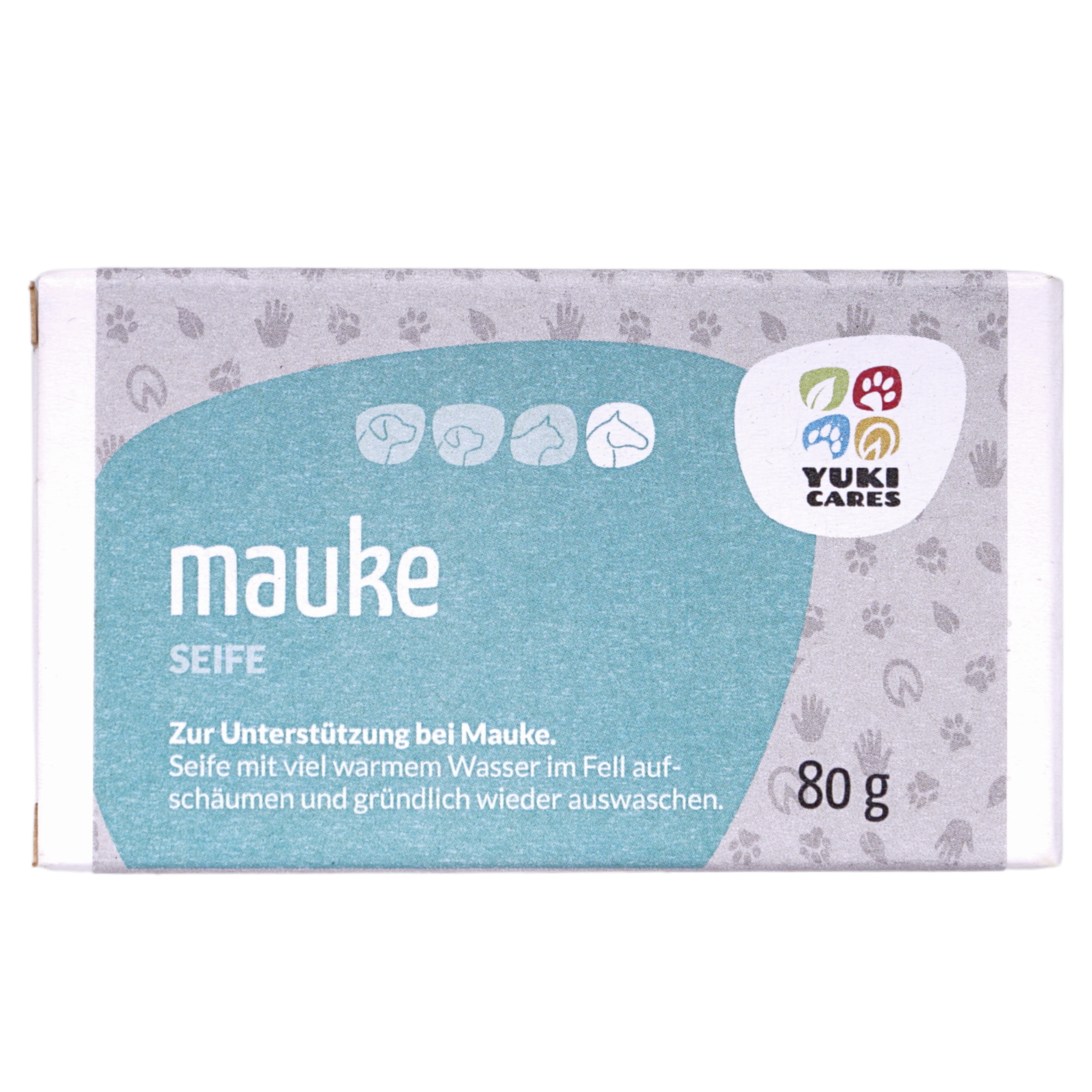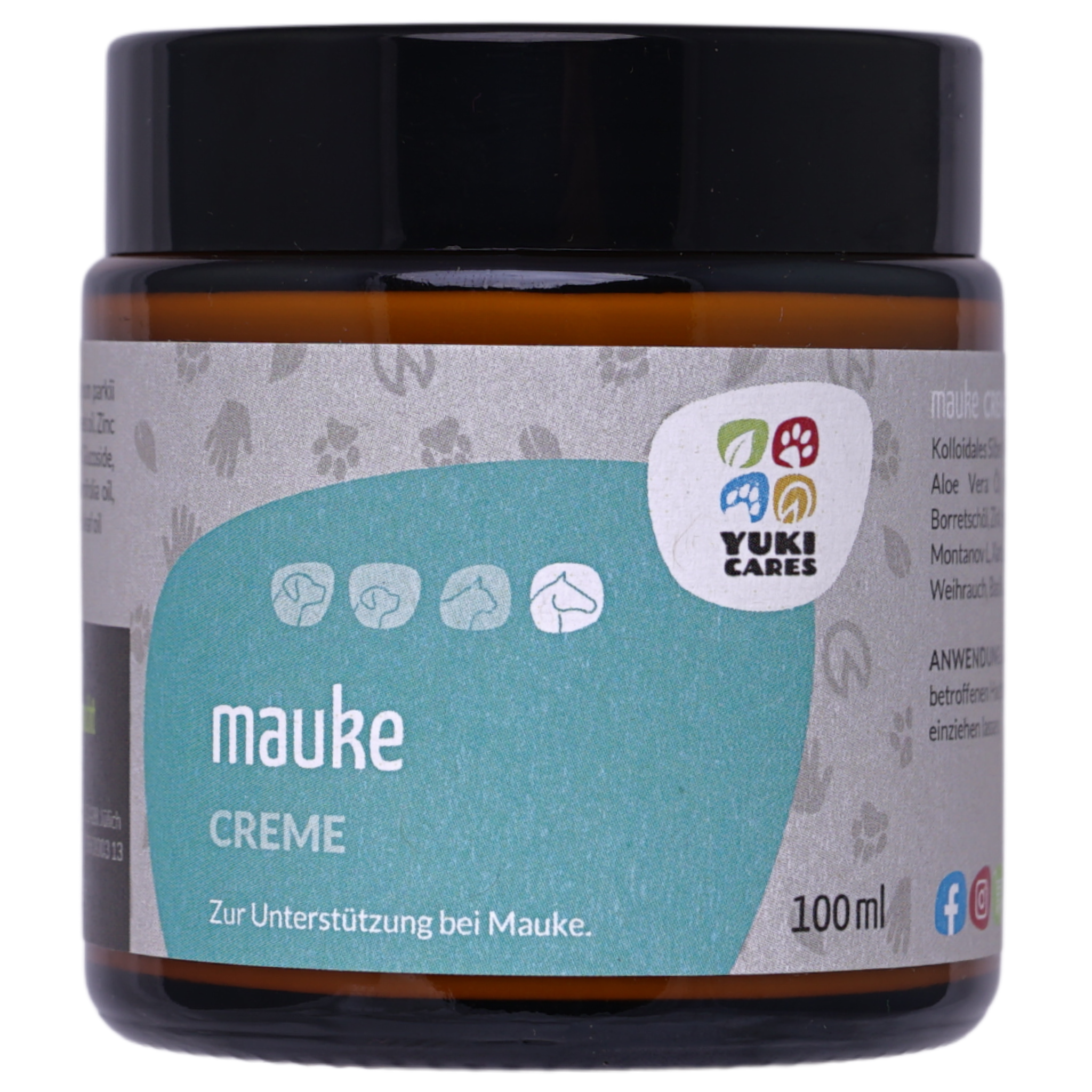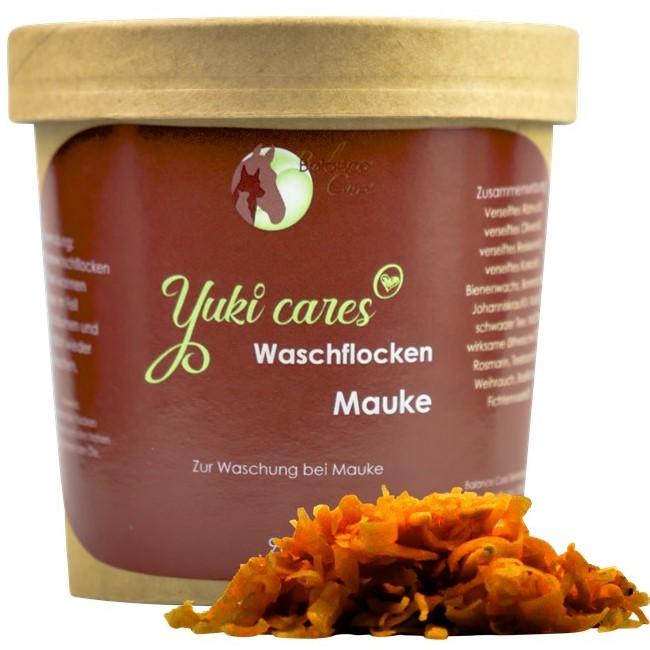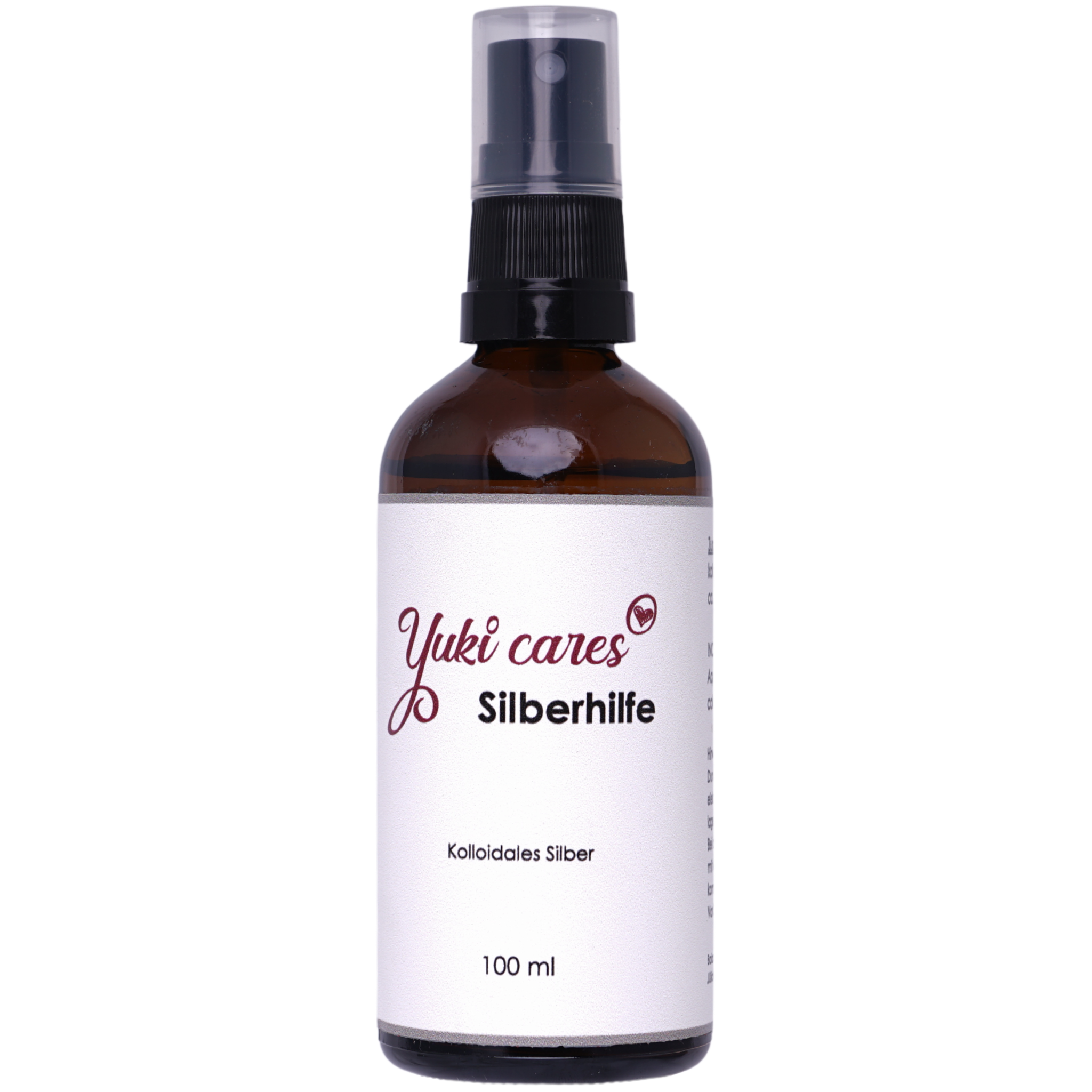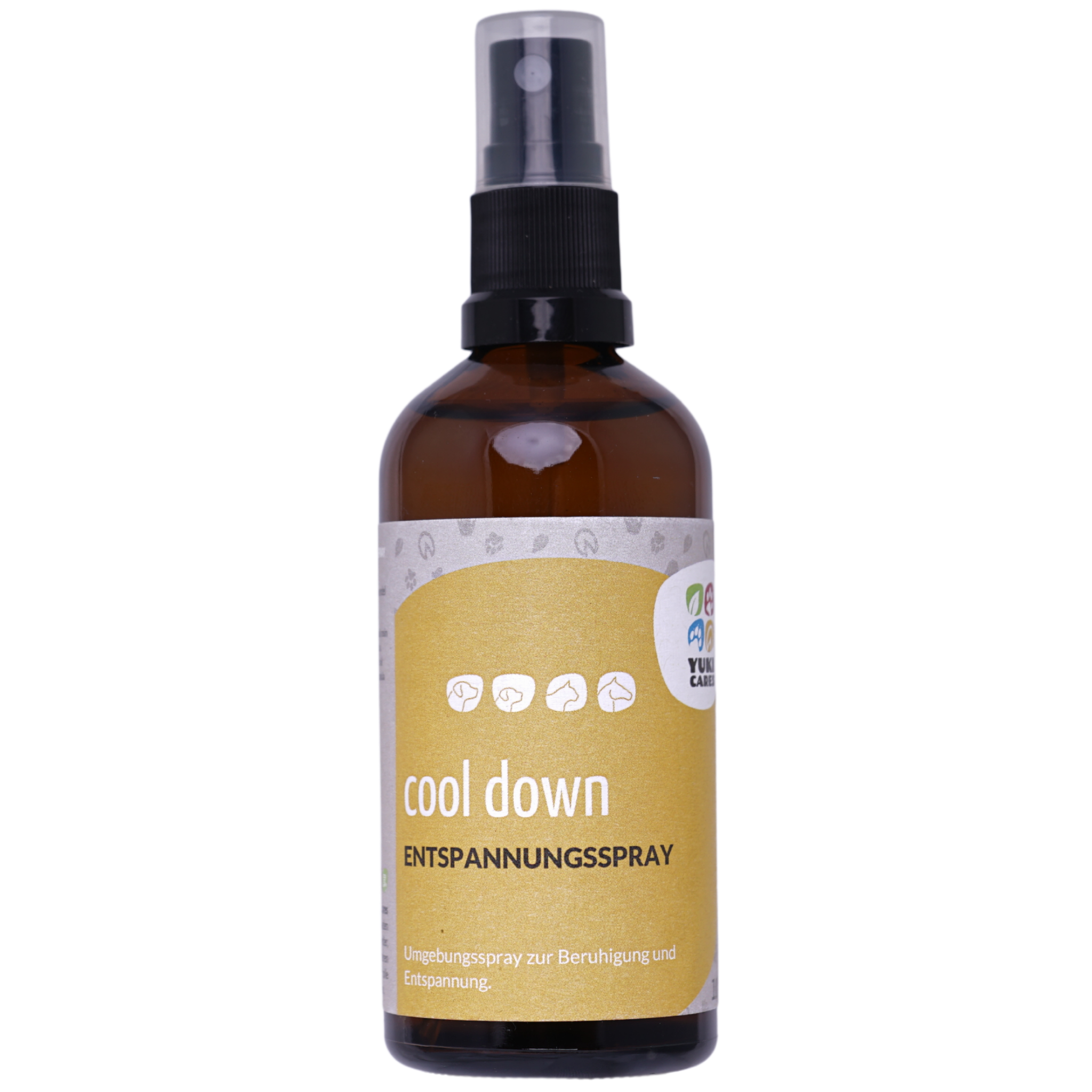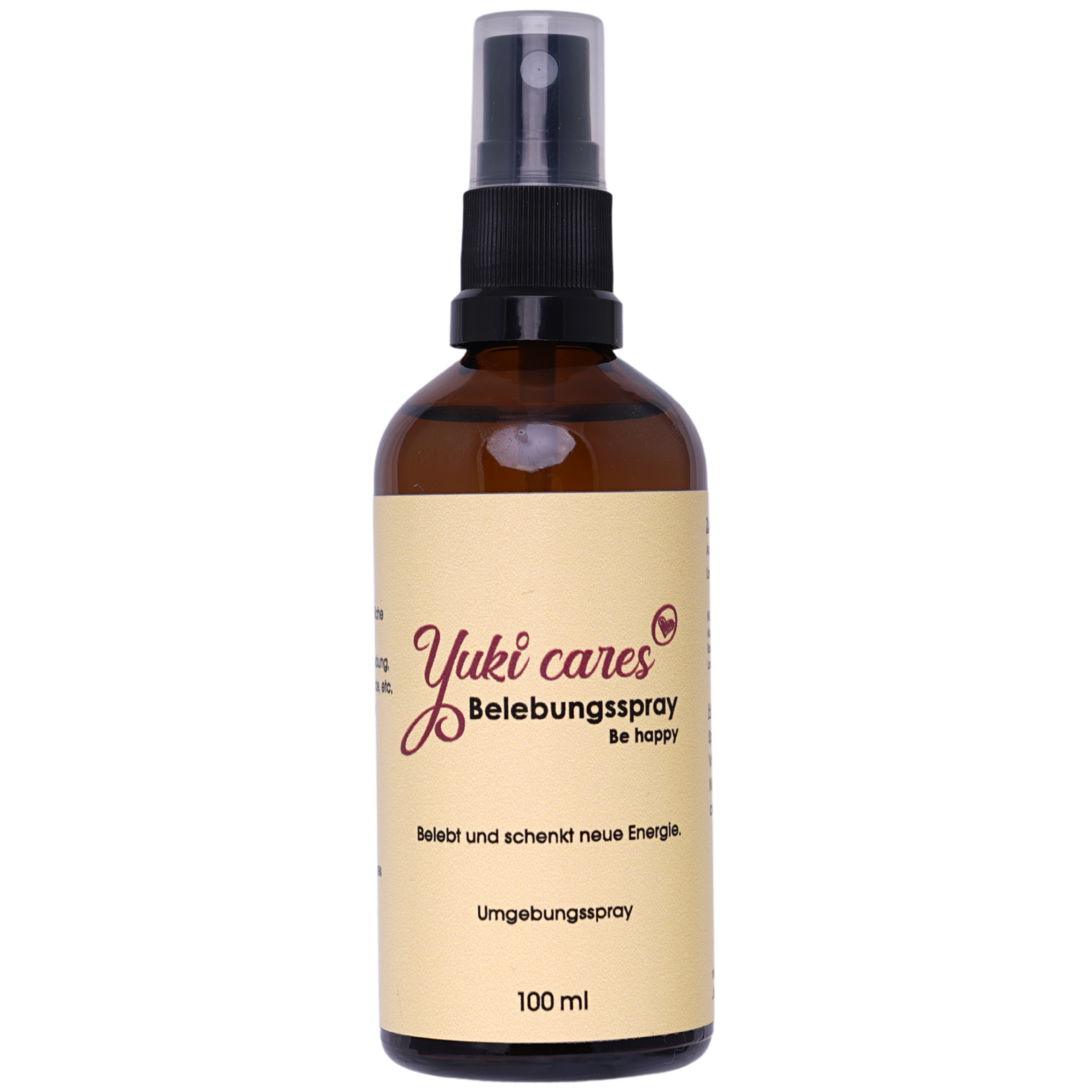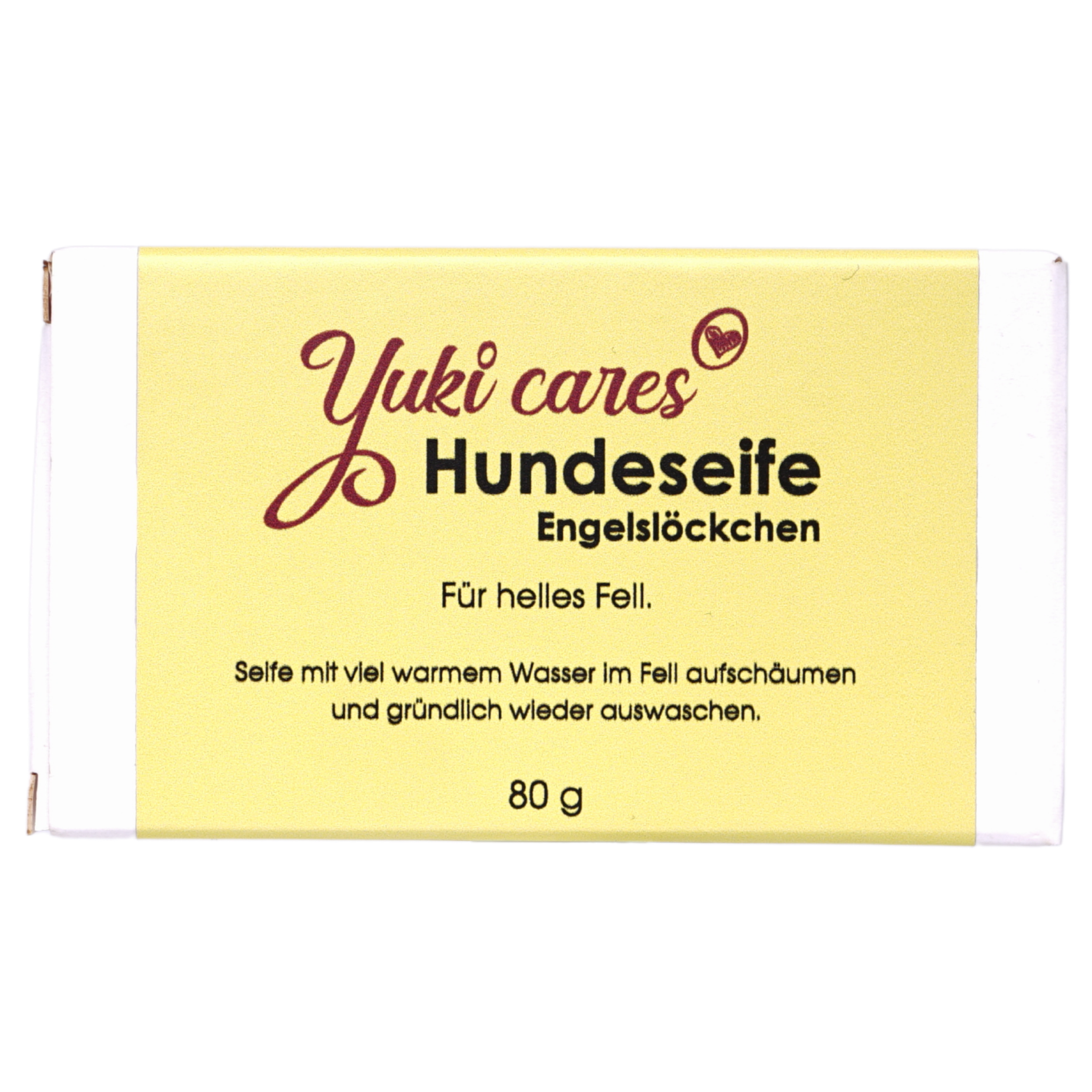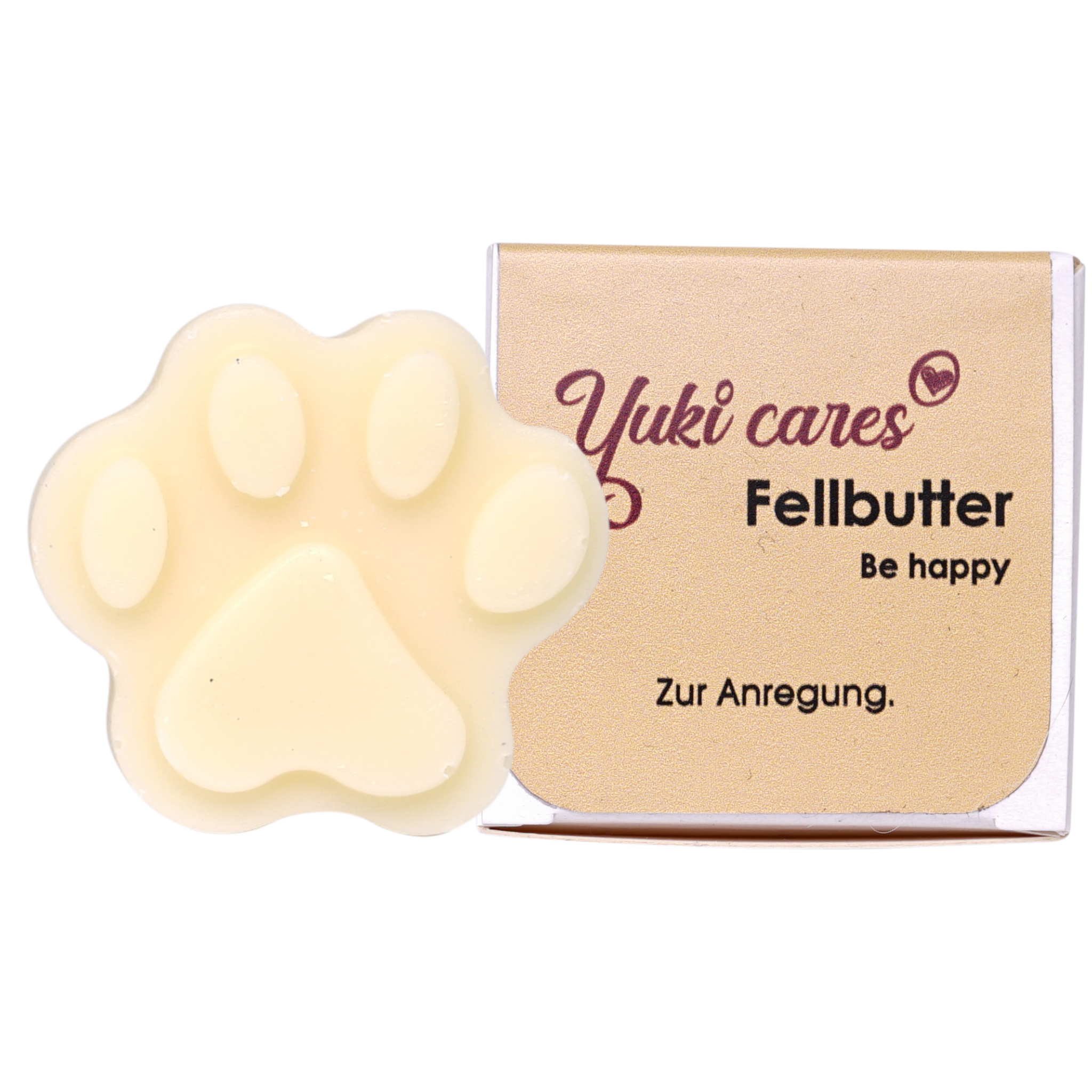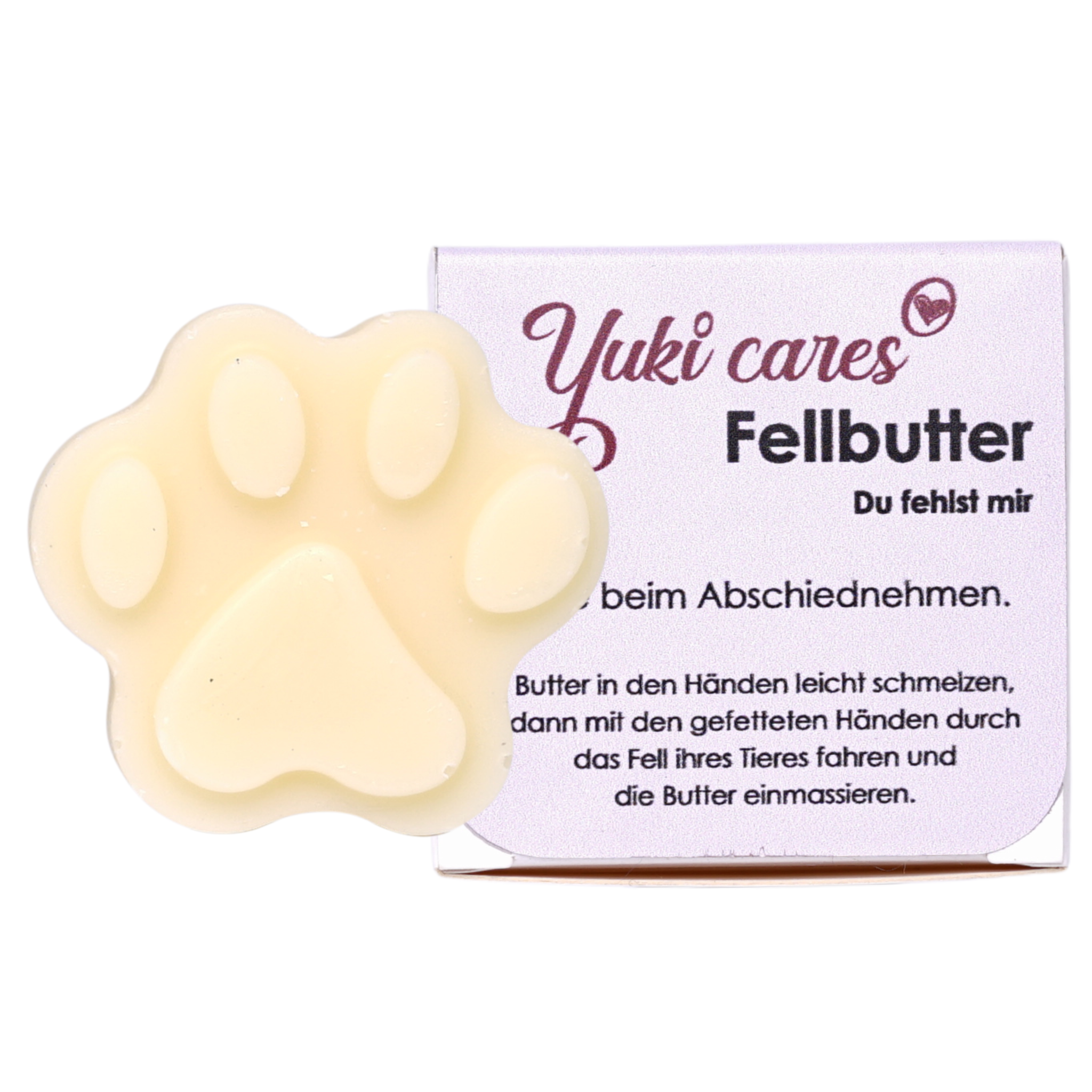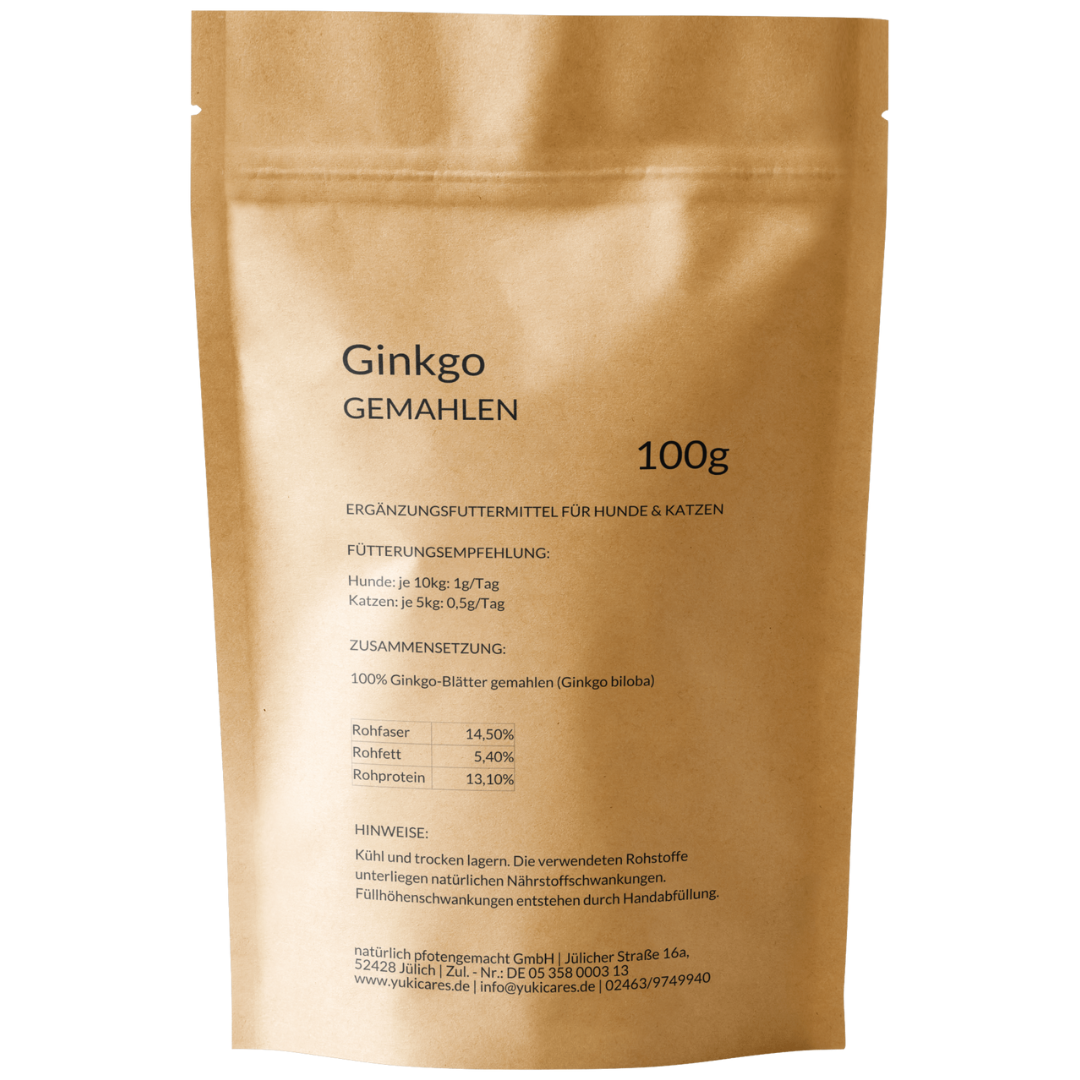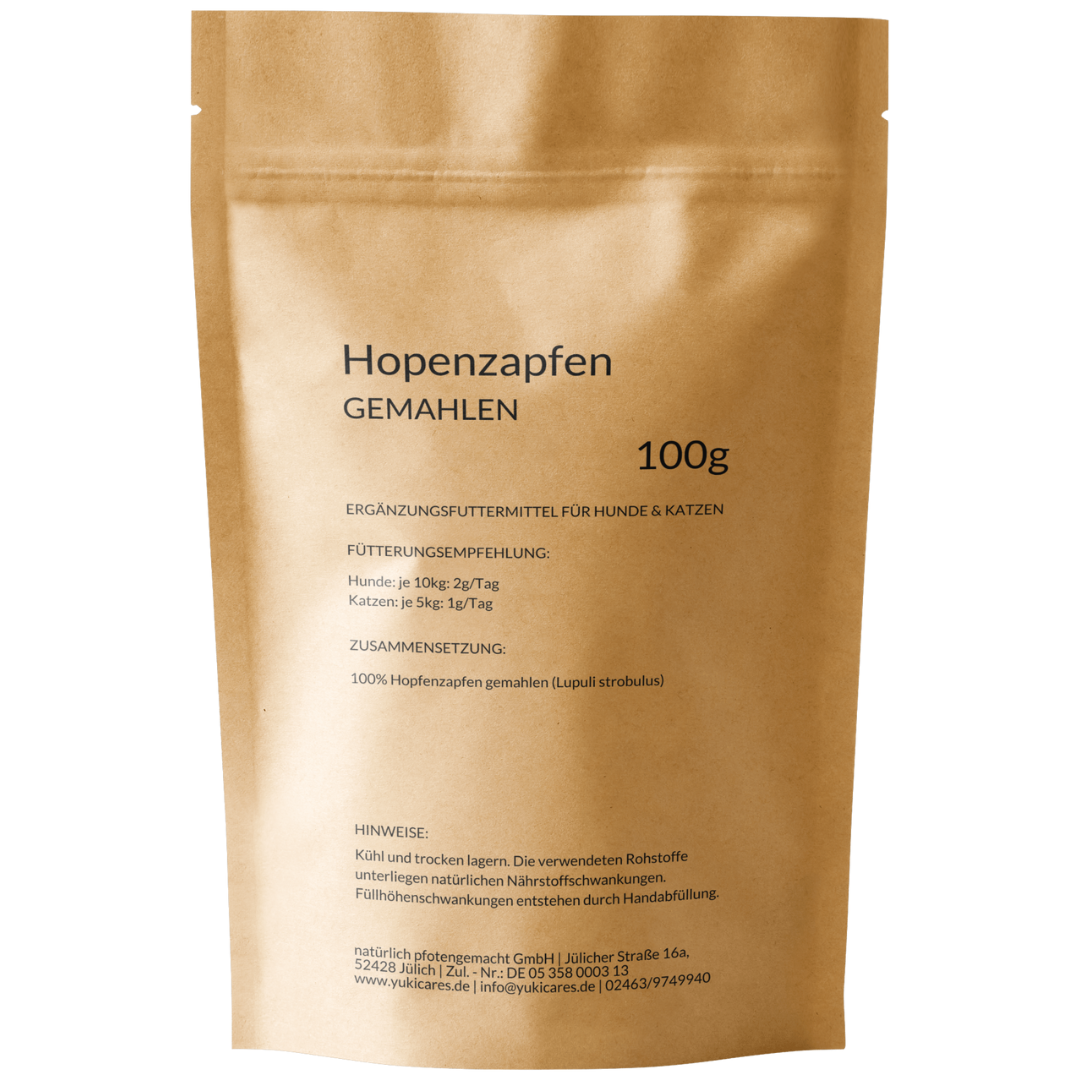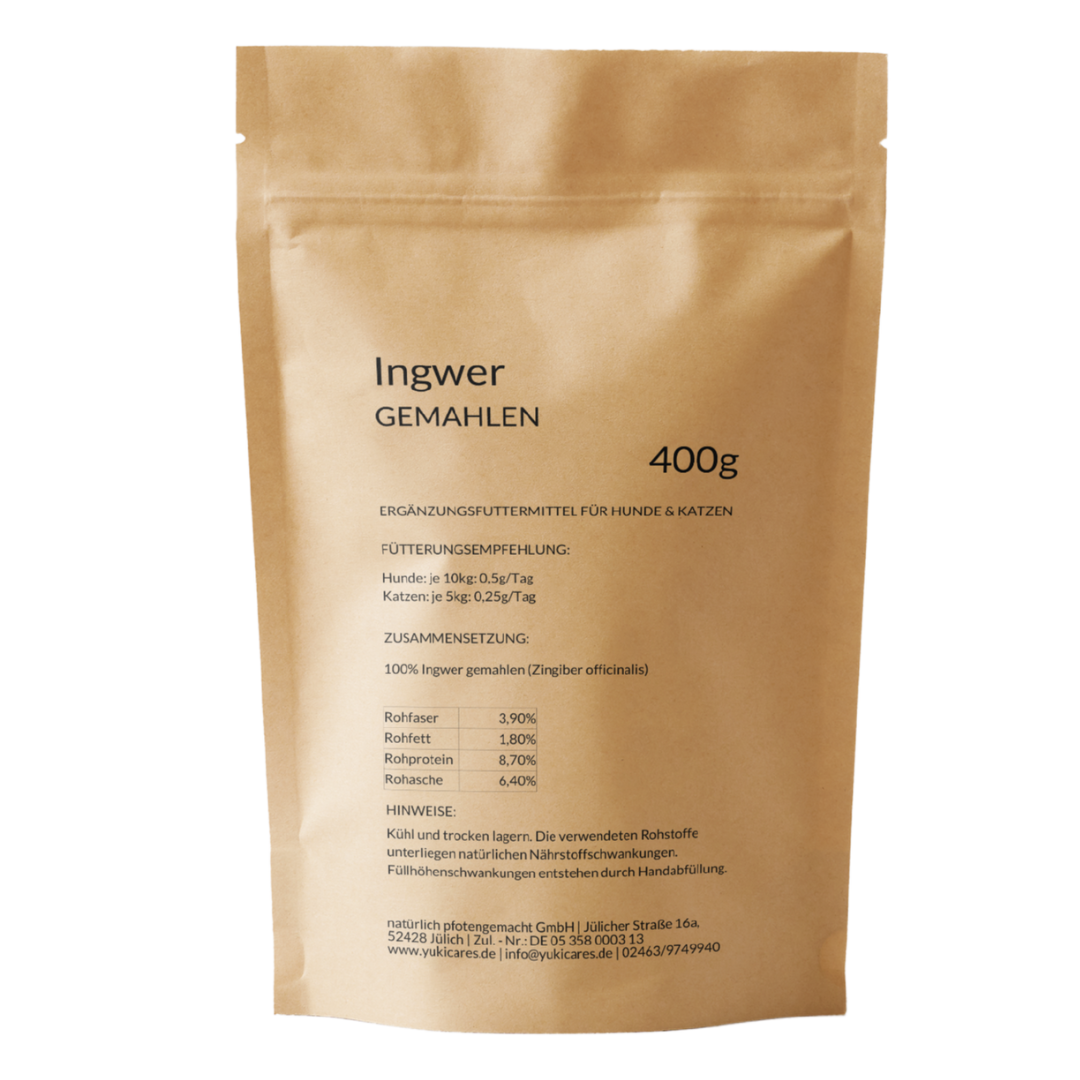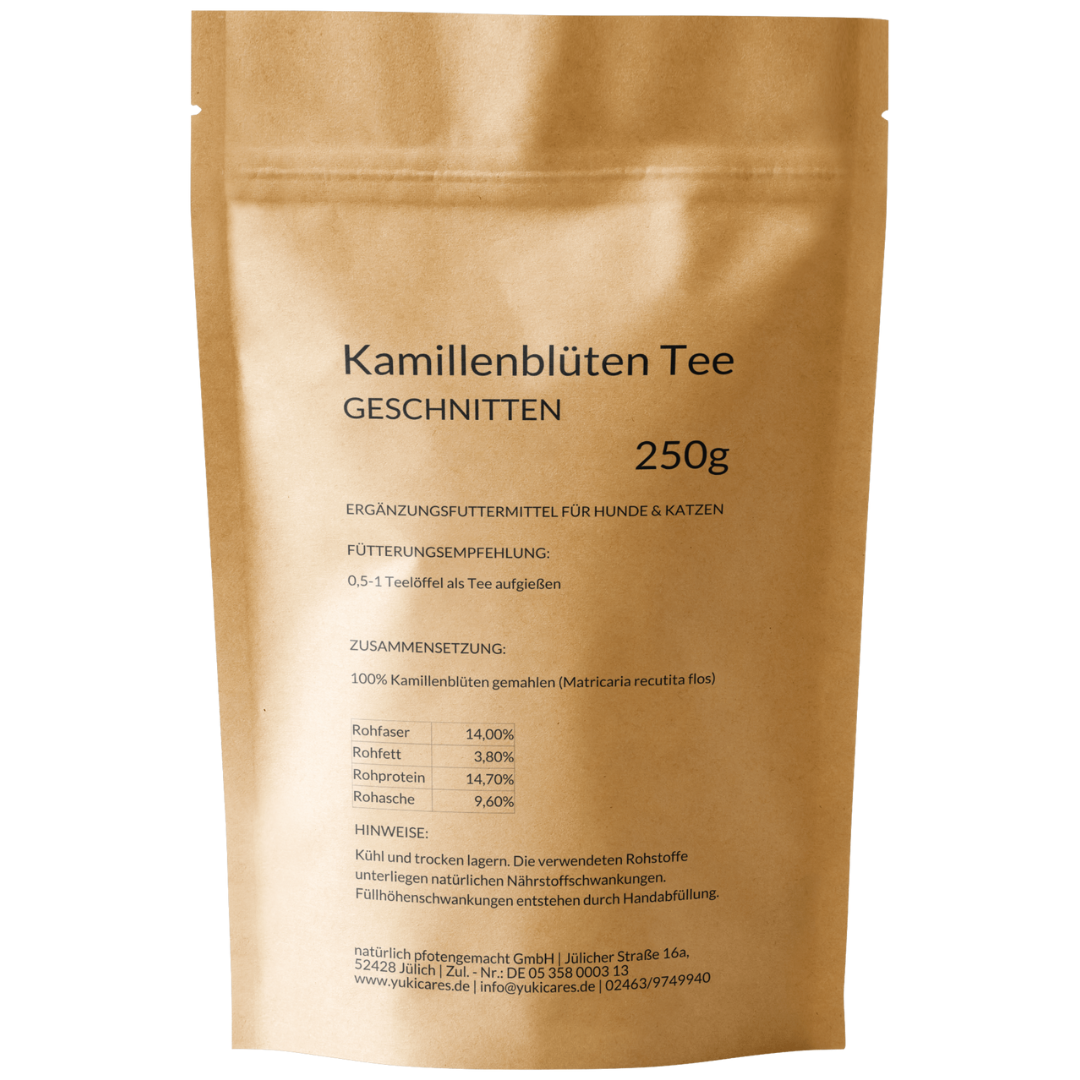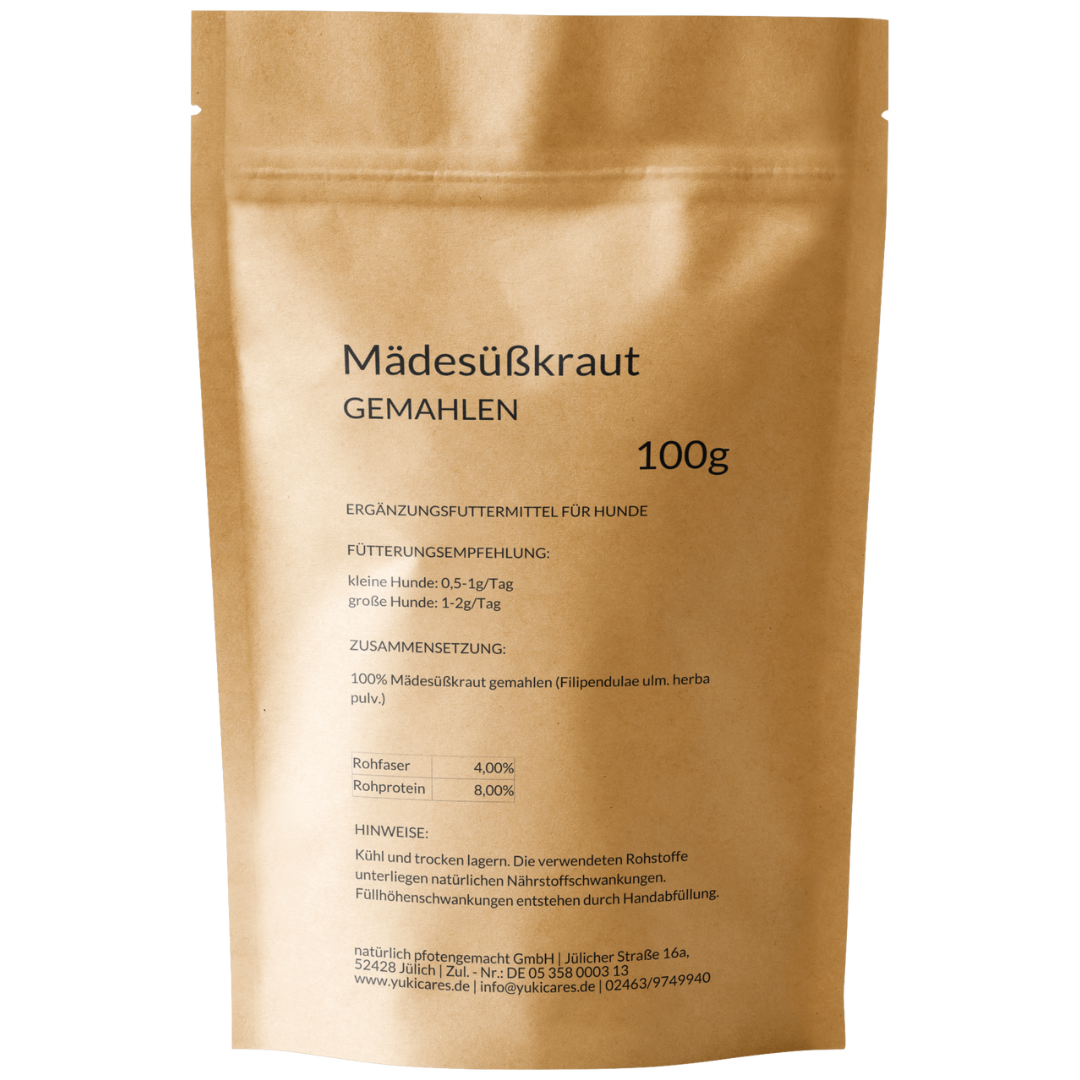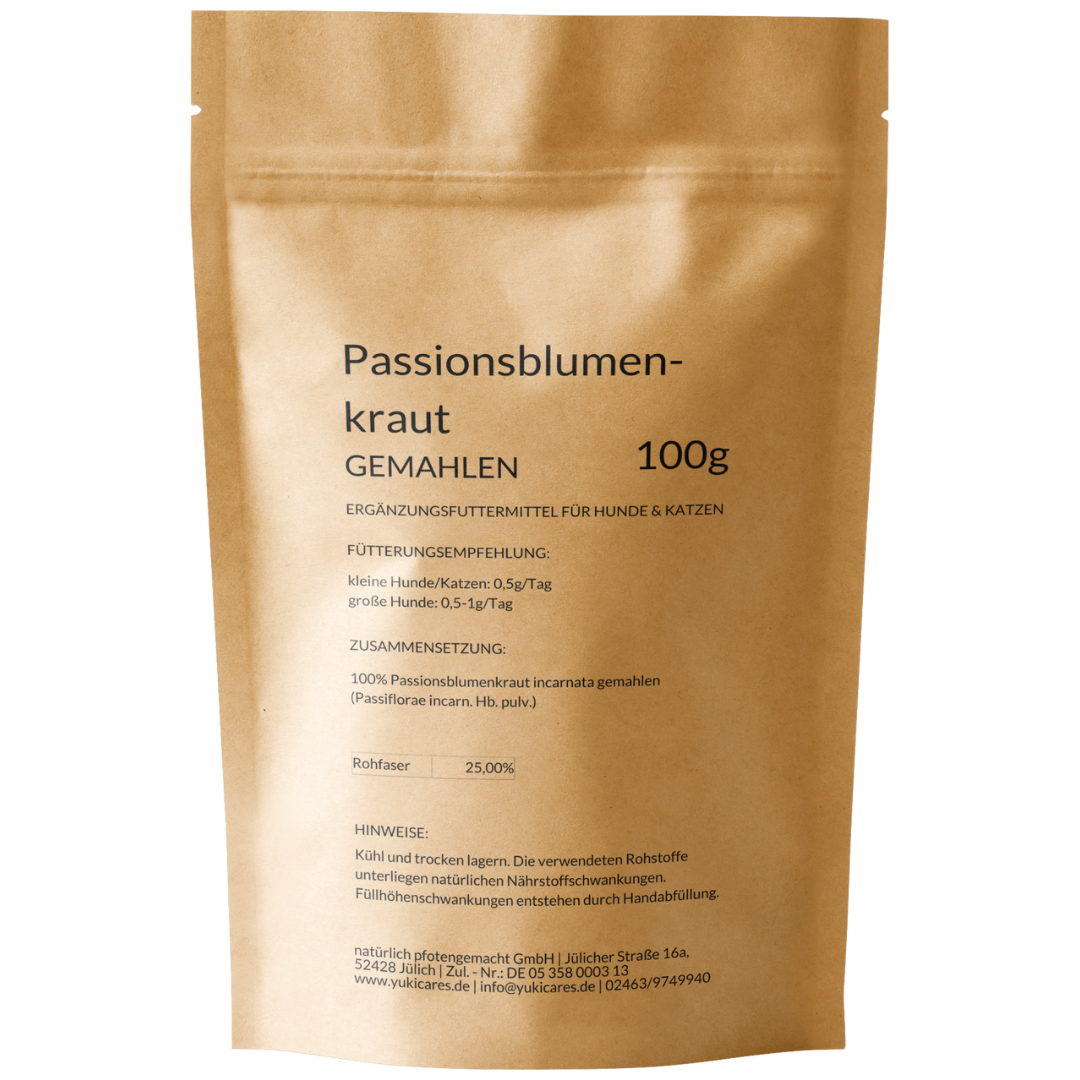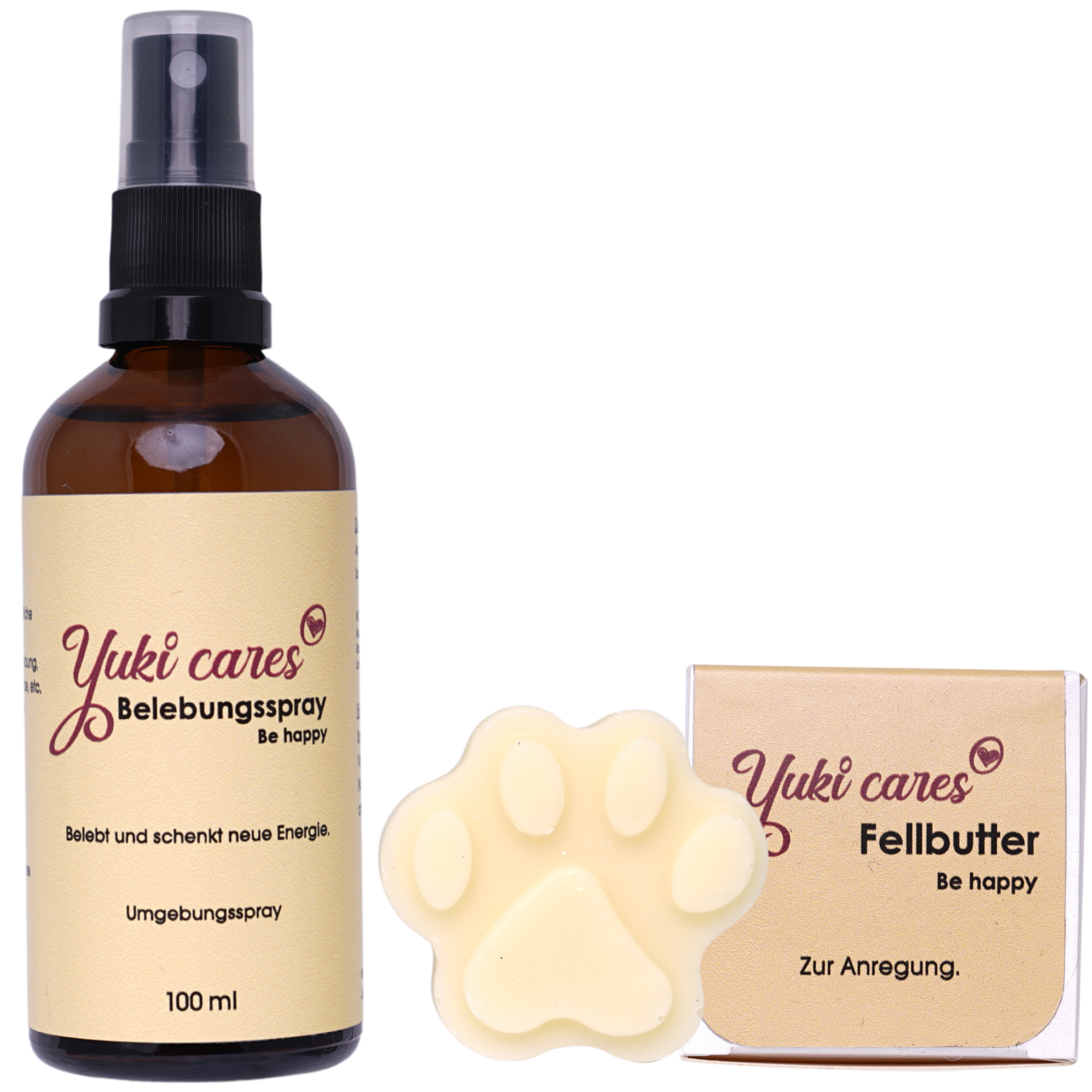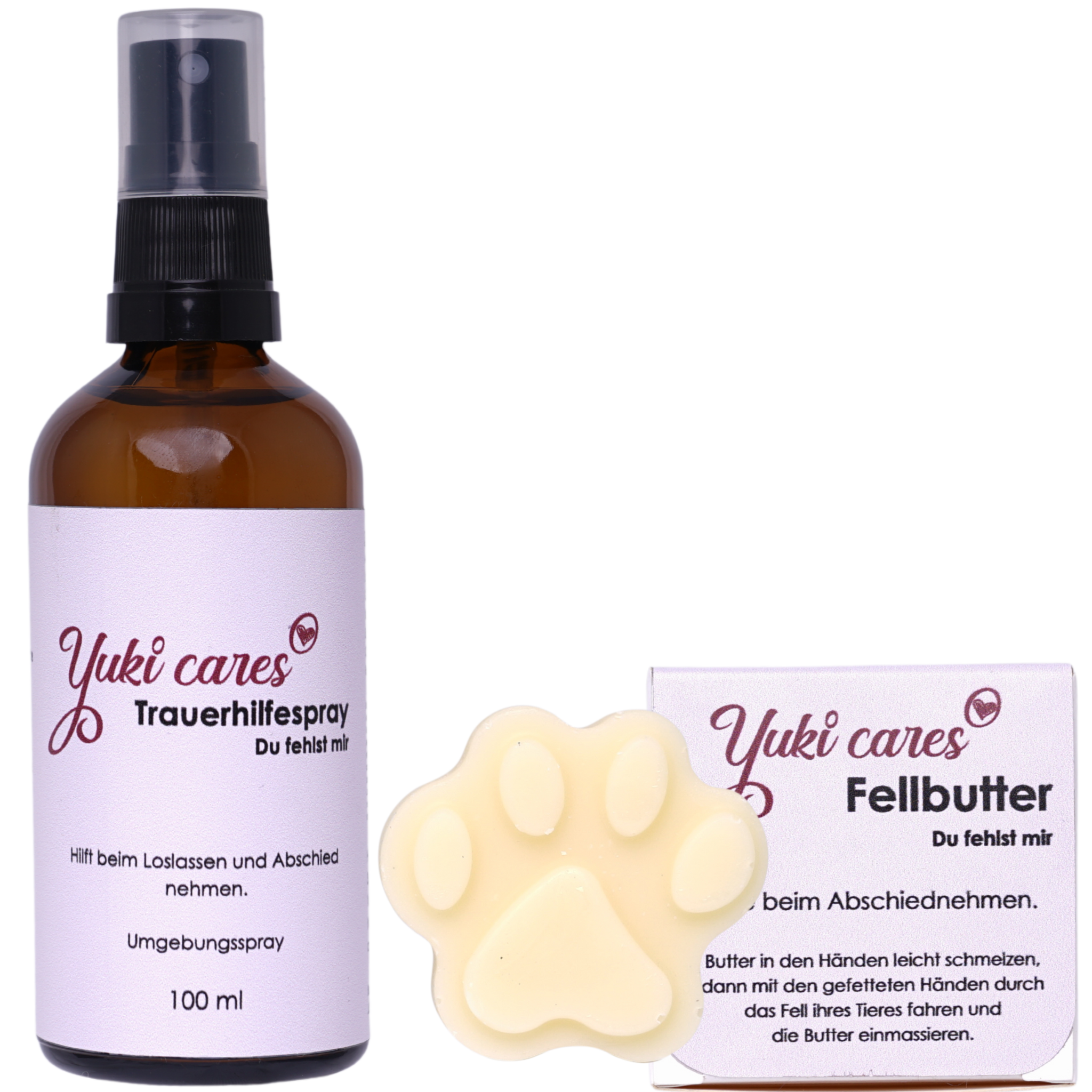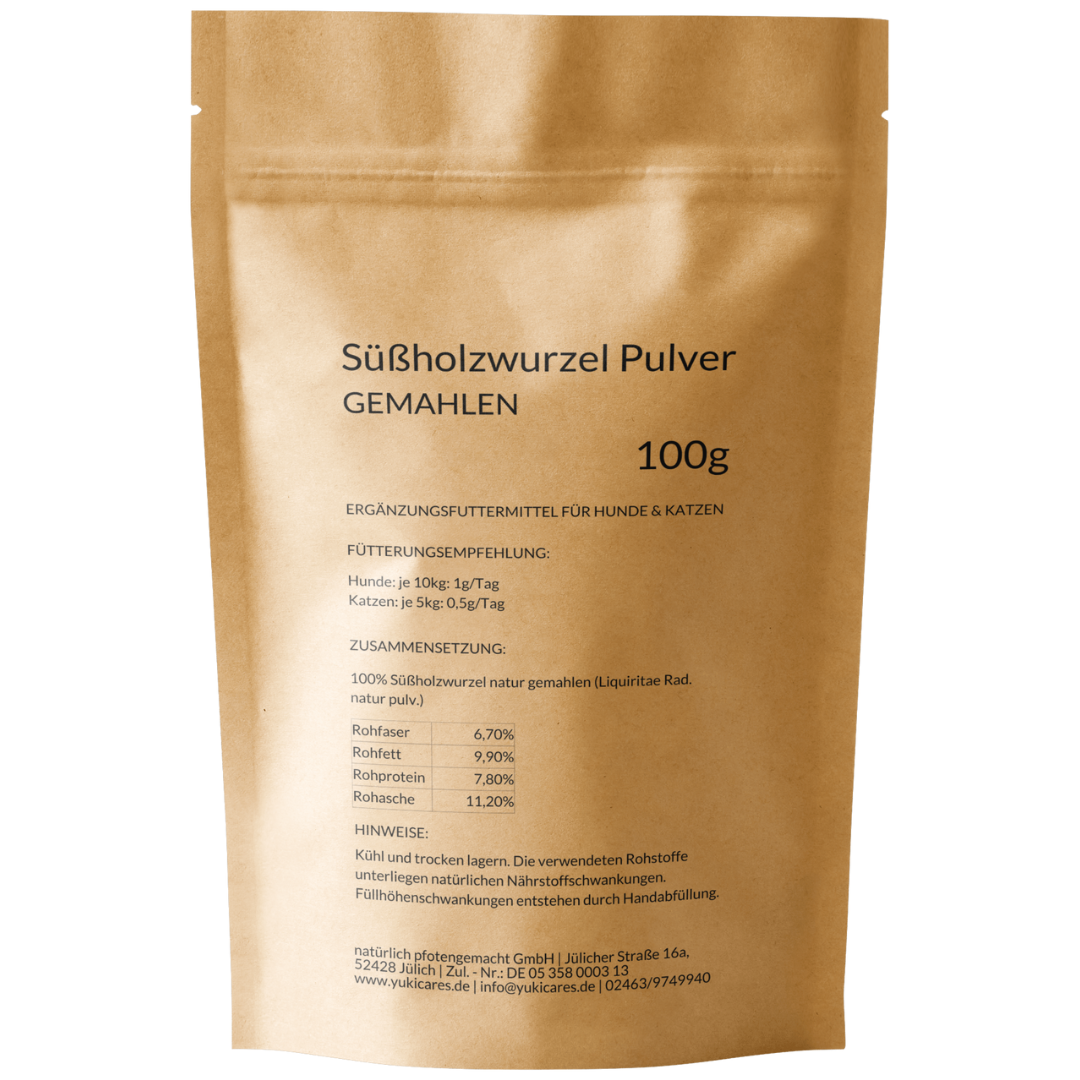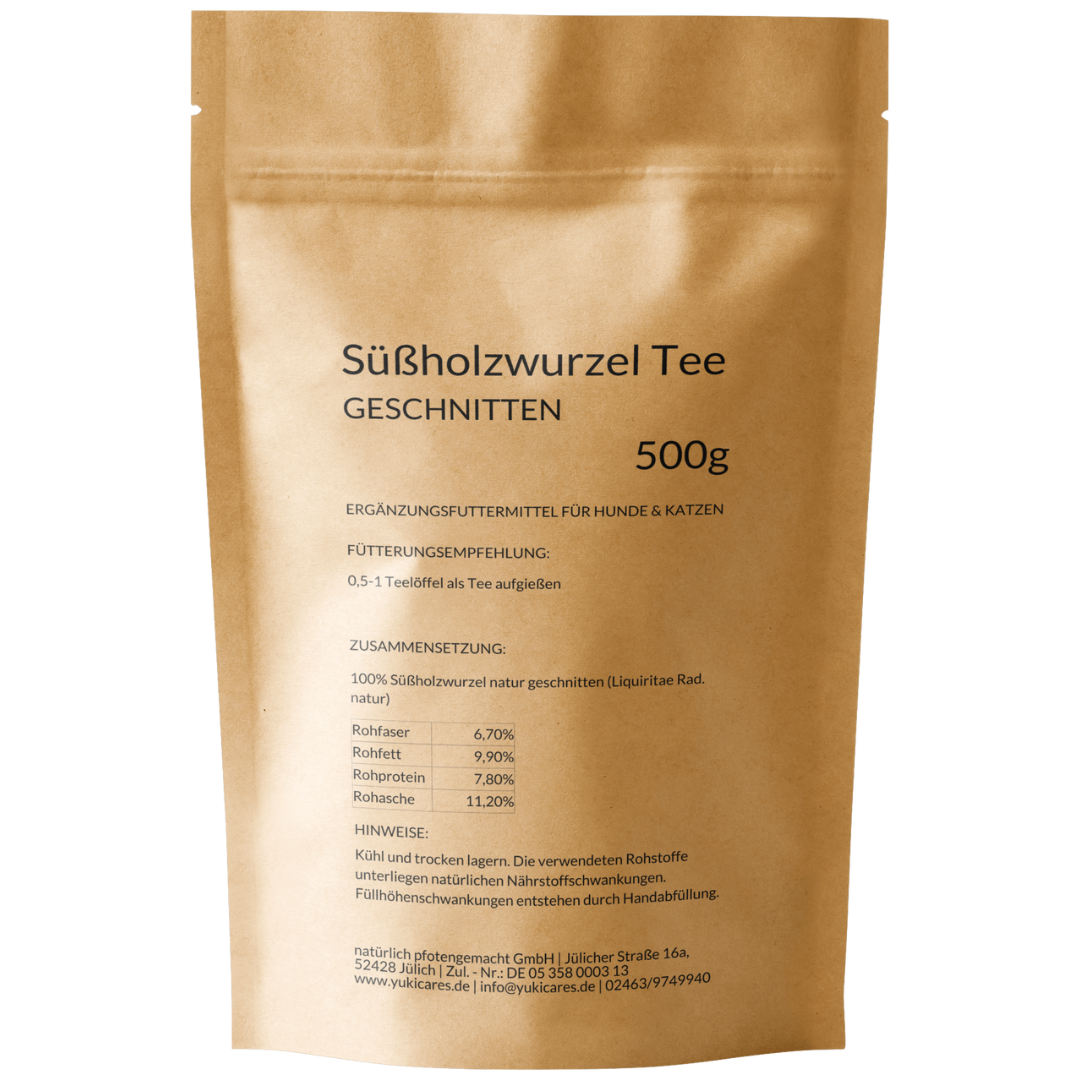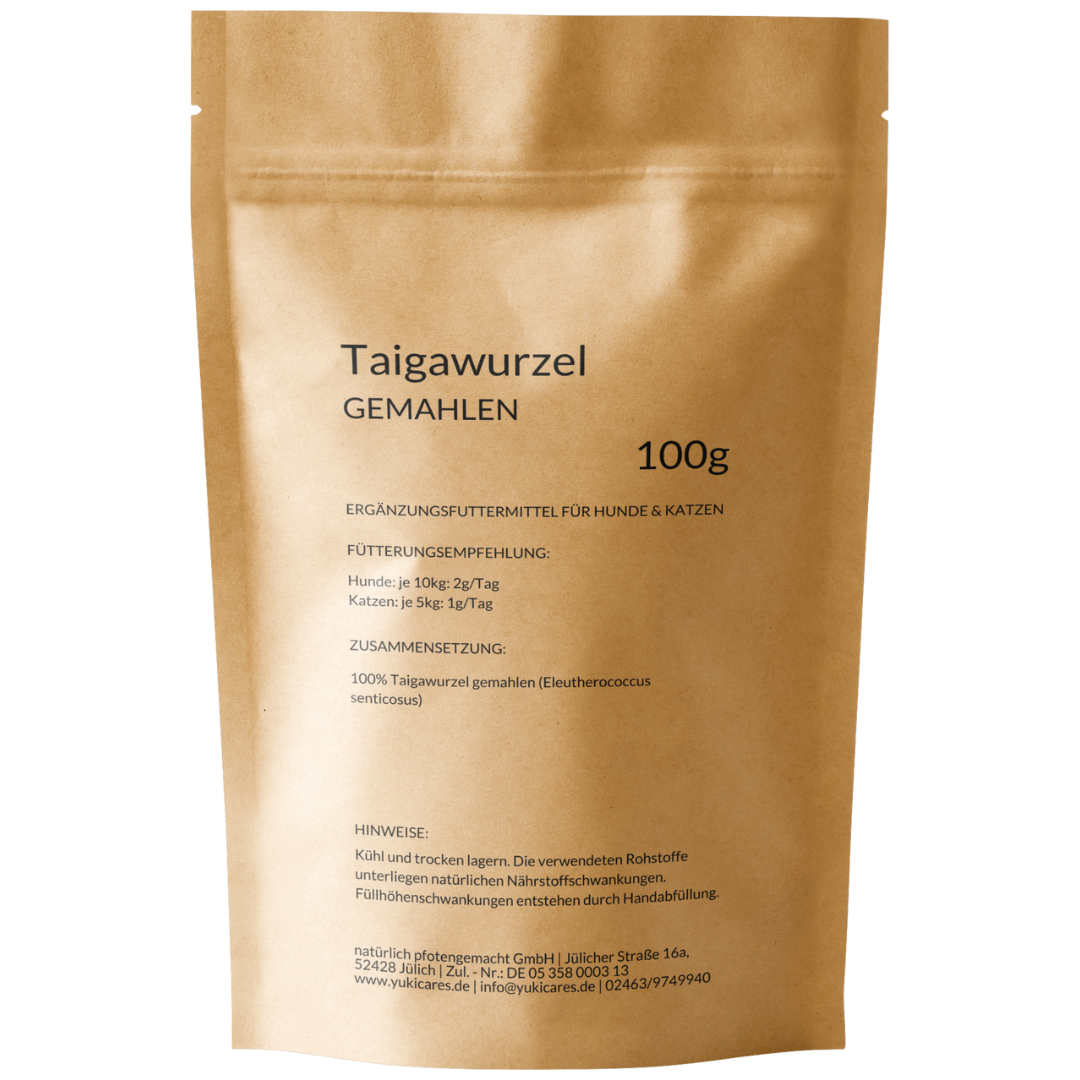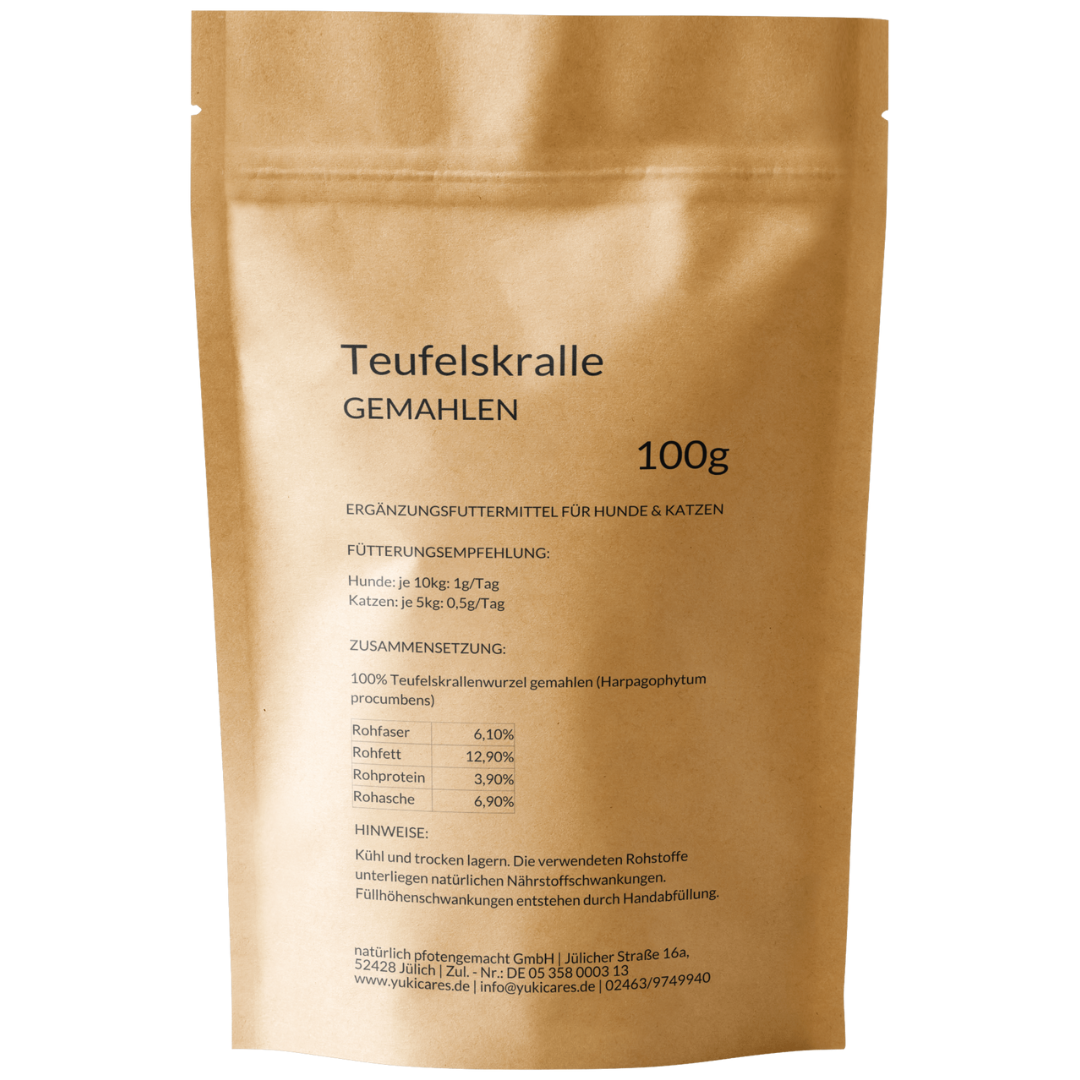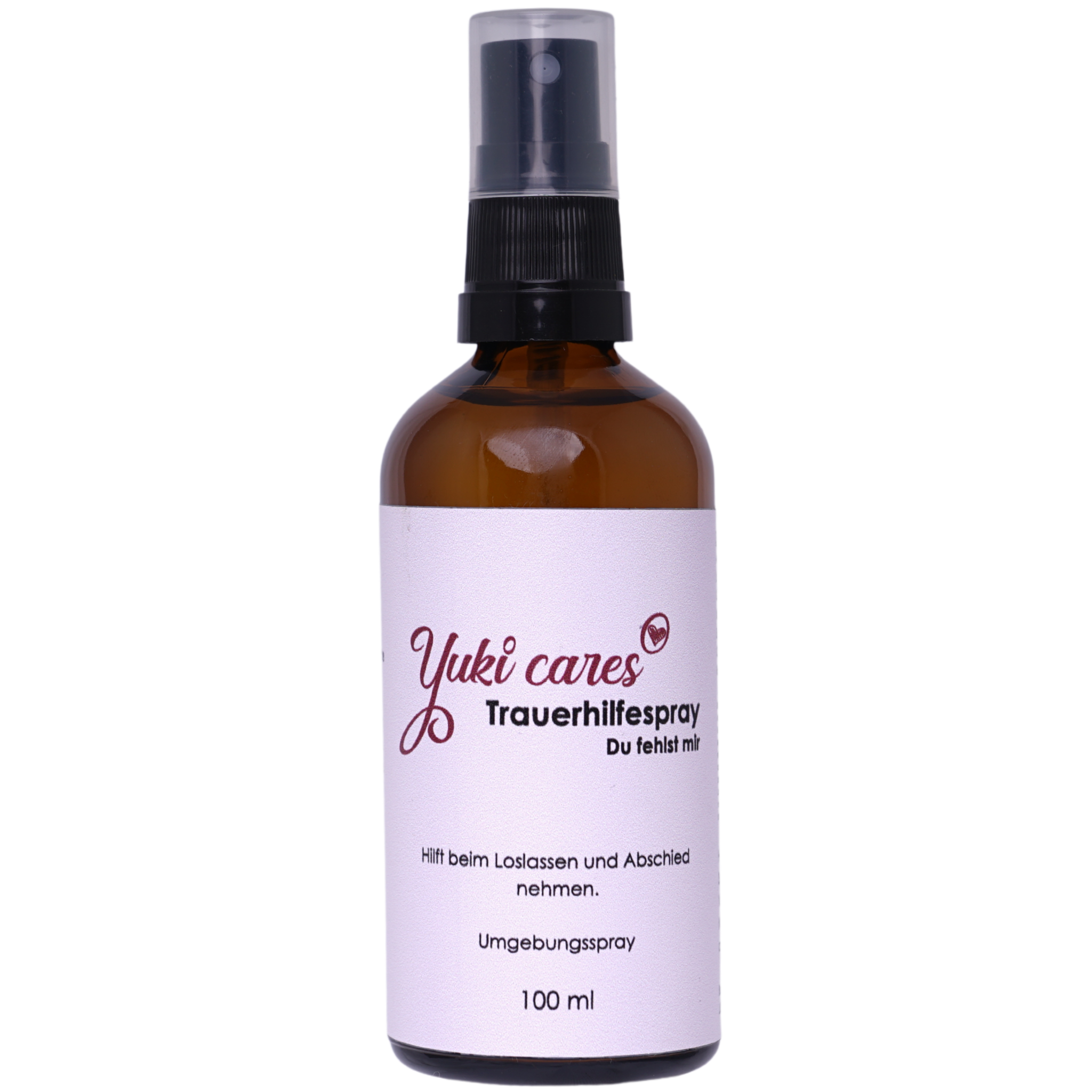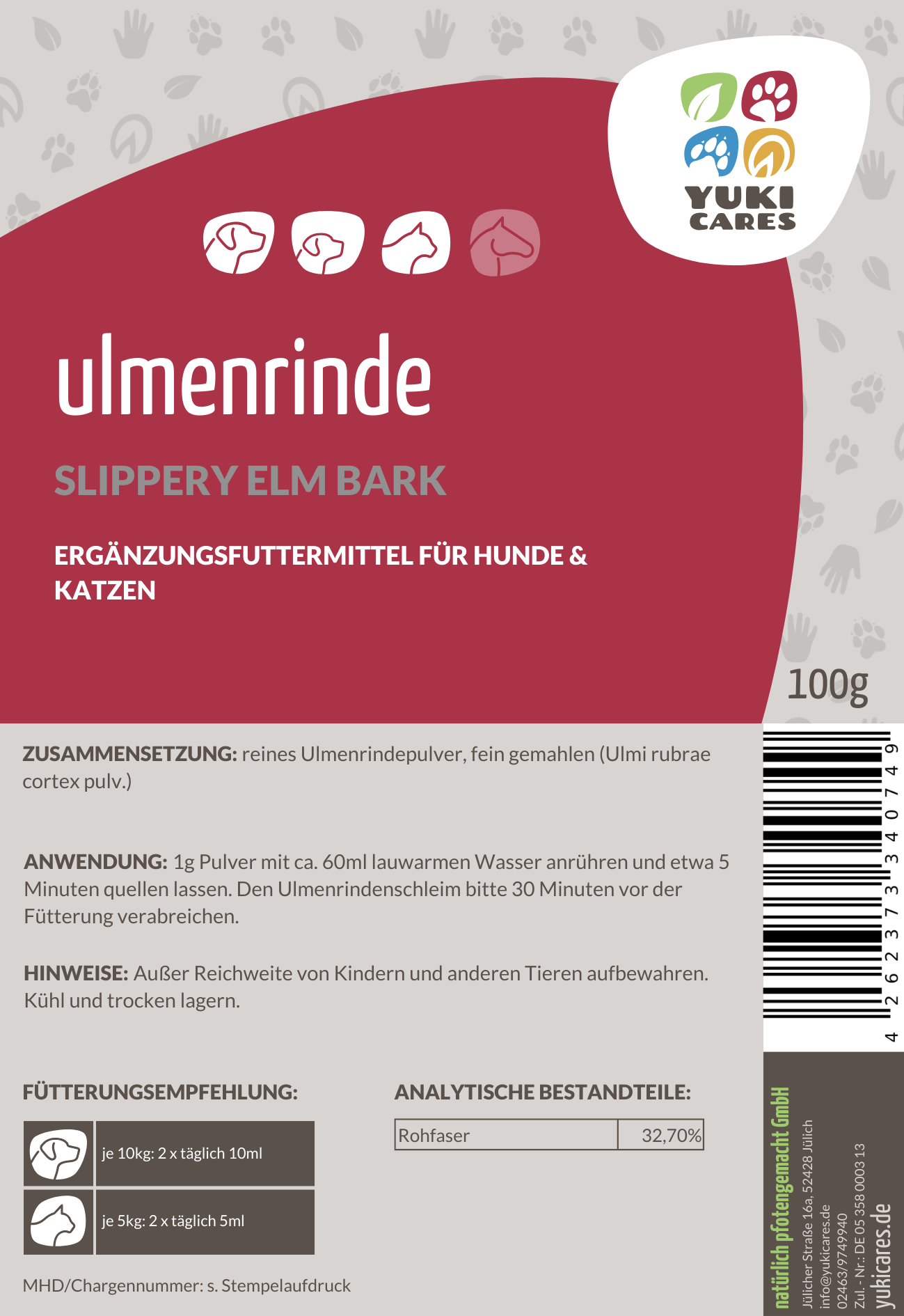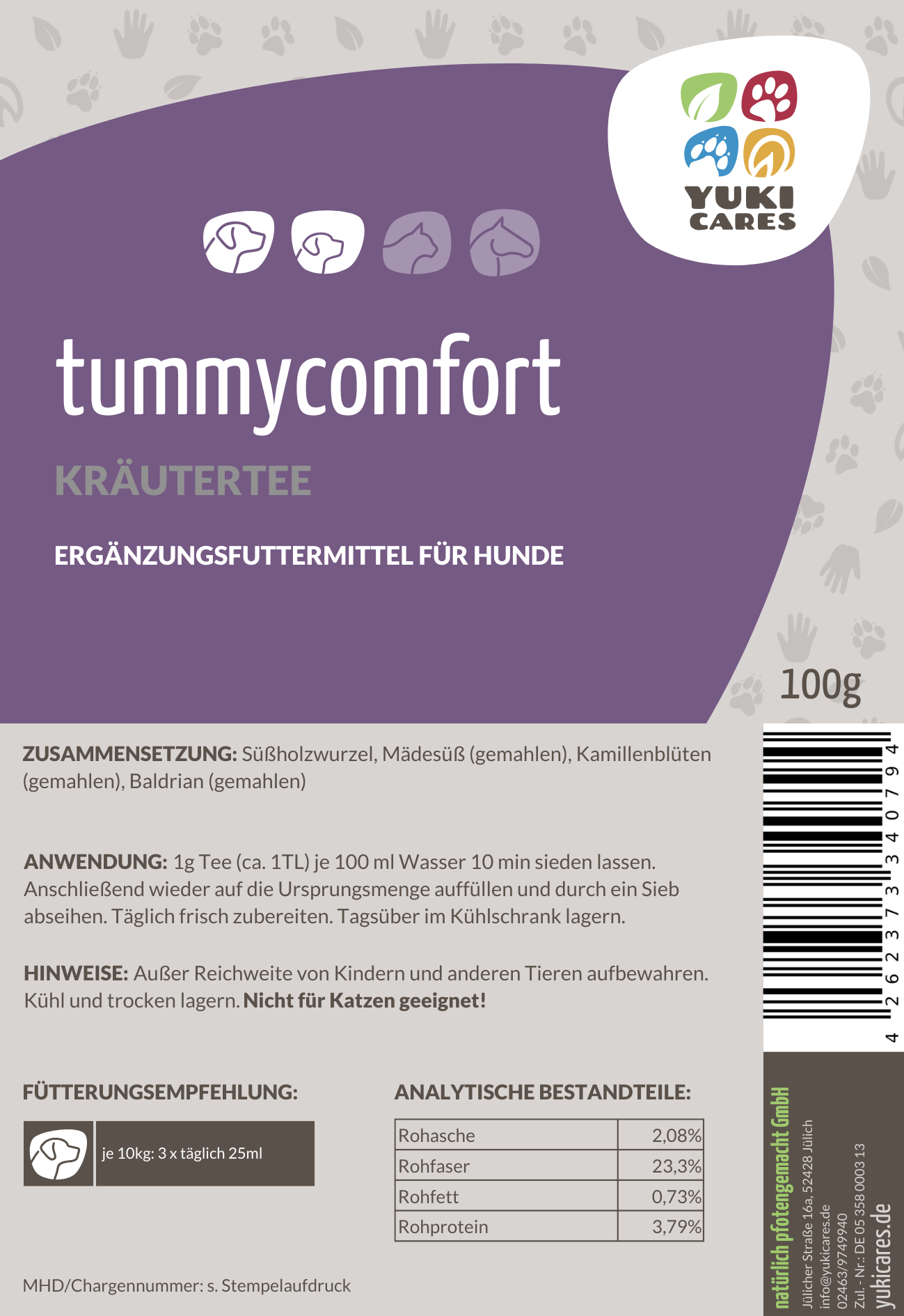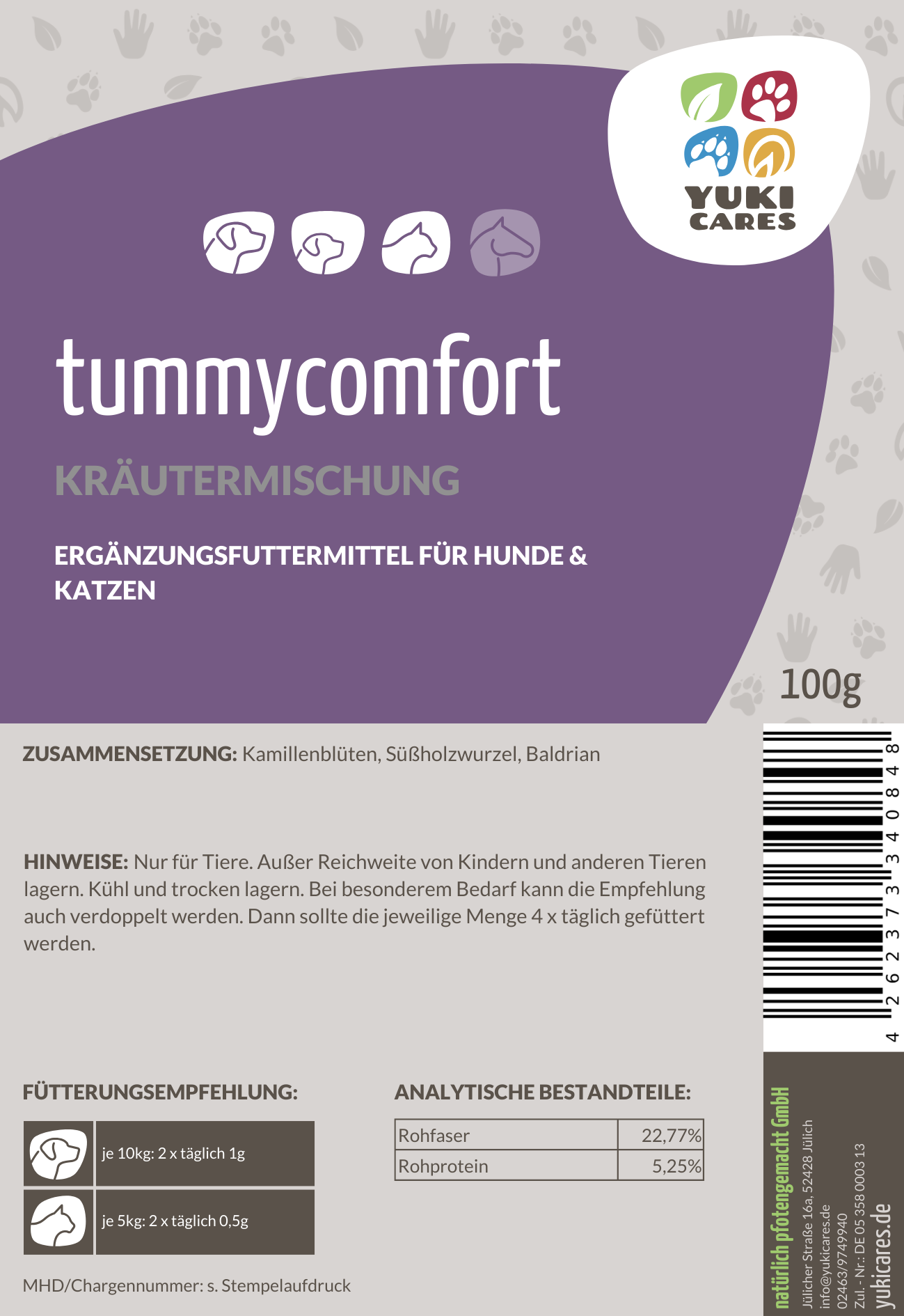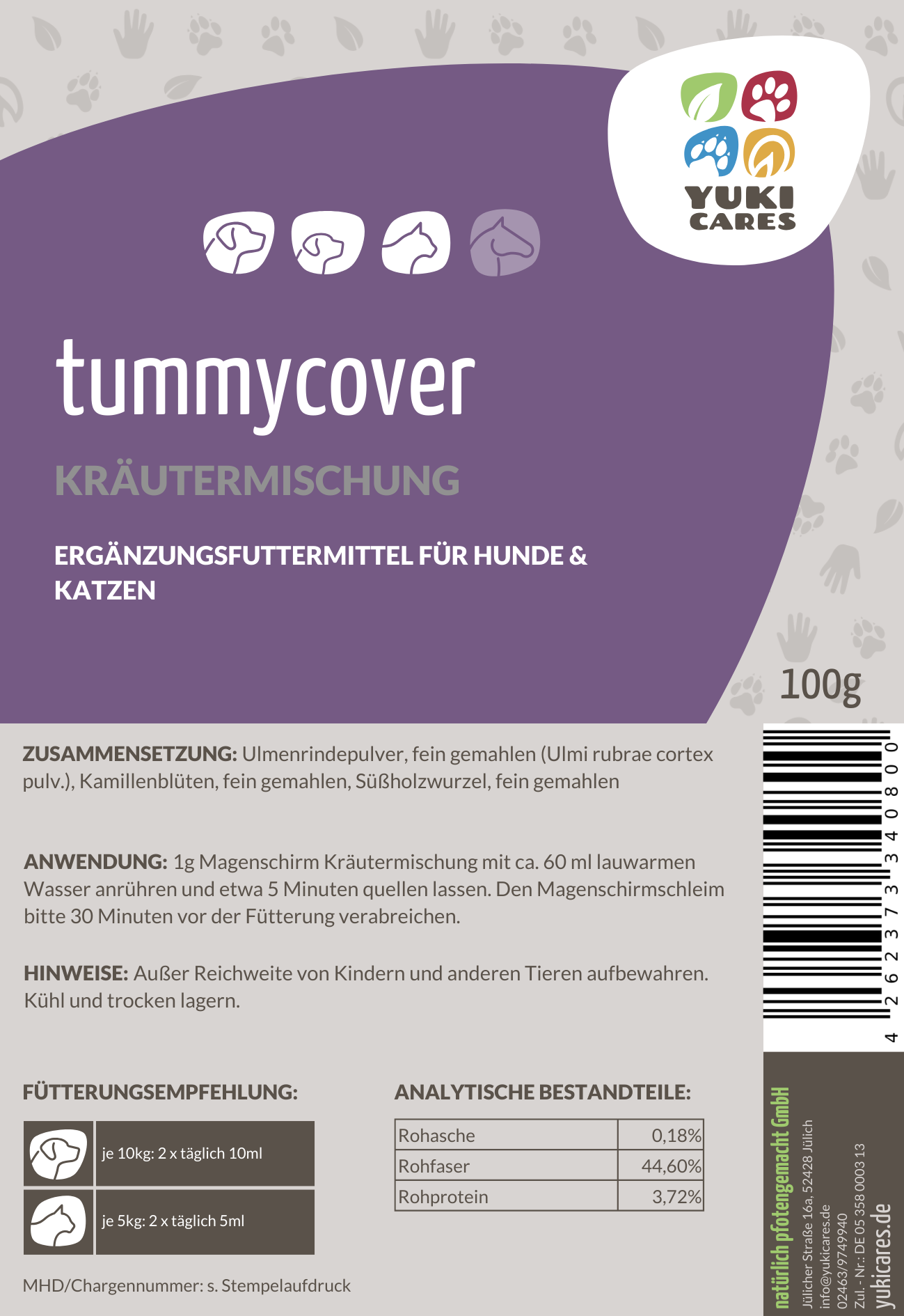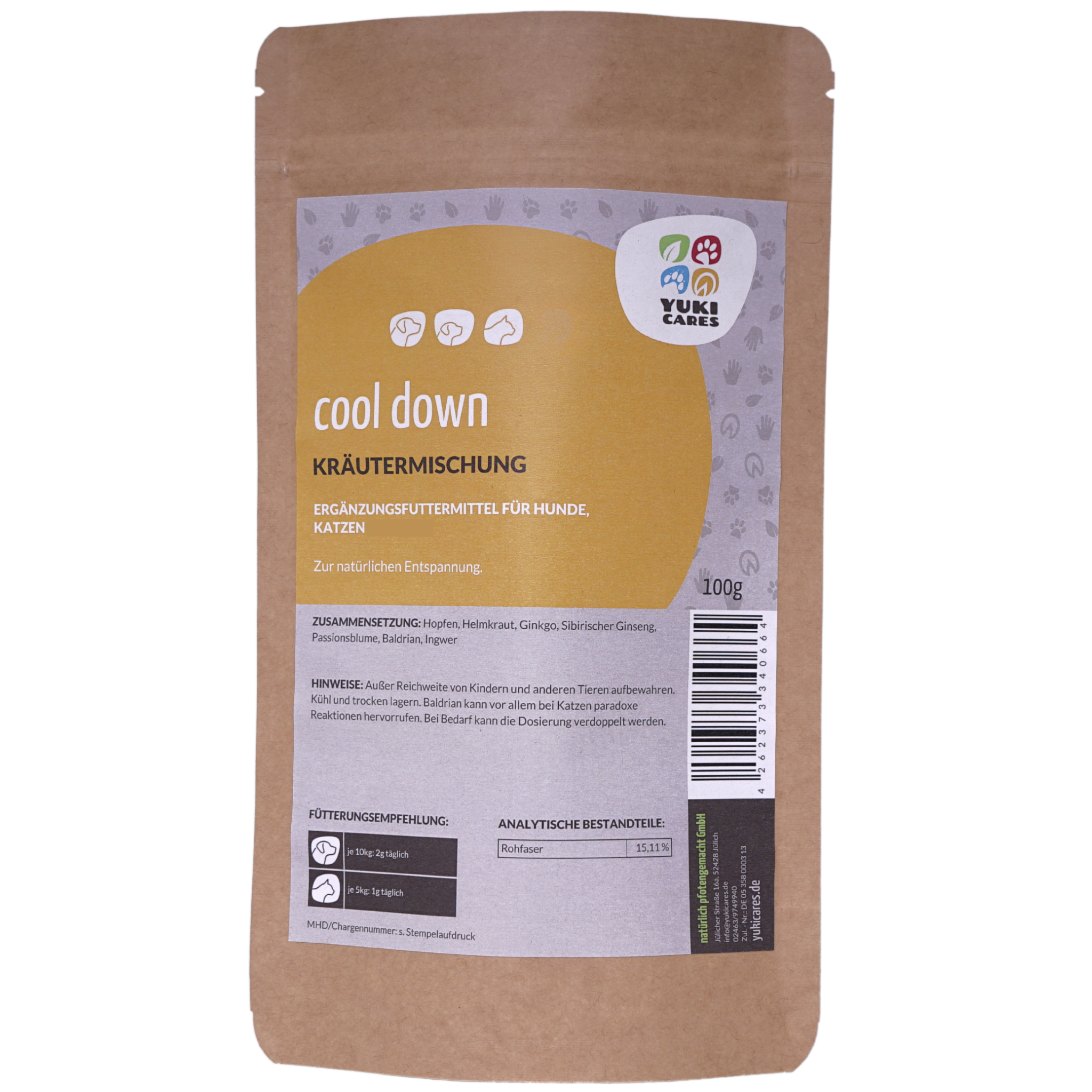Anyone who works with horses has surely encountered it – mud fever can affect any equine. Inconspicuous in the early stages and therefore easy to overlook, this usually bacterial skin inflammation can quickly become chronic and spread. By the time lameness actually sets in, the disease is already well advanced and has probably been drastically underestimated. It is often said that mud fever primarily affects Friesians and other breeds with pronounced long hair, but this is not true. Mud fever is simply more easily undetected in horses with dense fur on their legs. But horses with little fur growth on their legs are just as affected, especially if they have poorly pigmented white pasterns.
Inhaltsverzeichnis

What is mud fever?
And how do you recognize them?
Mud fever is a skin inflammation in the pastern of an animal. It can be easily and sustainably treated in the early stages and often disappears as quickly as it appeared. Unfortunately, however, it is common for mud fever to go unnoticed. Depending on whether your four-legged friend belongs to a breed with a lot of feces, such as a Haflinger, Friesian, or Tinker, or whether the fur in the pastern is sparse, mud fever can be difficult or easy to detect. It begins with reddening of the skin, which can develop into blisters and crusts. If mud fever is left untreated in the early stages, the crust becomes thicker and thicker, taking up more and more space in the pastern. Below the surface, however, the inflammation continues and penetrates deeper into the skin. If untreated, mud fever can result in the entire pastern becoming covered in crusts, which can burst open when the horse moves. This naturally increases the risk of infection, which in the worst case can lead to blood poisoning (sepsis) and ultimately death. But before you panic, stay calm. Mud fever can be wonderfully treated with our tips and is actually quite easy to prevent. But the most important question to ask first: What causes mud fever?
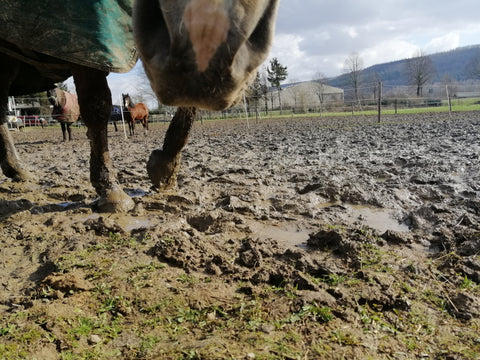
The triggers
What causes mud fever?
In the past, mud fever was clearly considered a sign of poor husbandry and dramatic hygiene conditions. When horses were still our number one mobility factor, they did have sufficient exercise, but husbandry conditions were often limited to tied-up housing (stalls) in poorly mucked stables. This has of course improved greatly today, but the cold, damp season still triggers real mud fights in many paddocks and runs. Runs that are not cleaned during the cold season can become breeding grounds for germs. Feces, urine, and mud mix and create ideal conditions for mud fever, which is where it likes to spread. But how does mud fever develop if the stables are clean and the horses are well cared for? And above all: What can be done against mud fever? How can you create the basic conditions so that pastern eczema doesn't start to spread? How can you best disinfect the affected areas when there is mud deep down under the feet? First and foremost, moisture comes to mind.
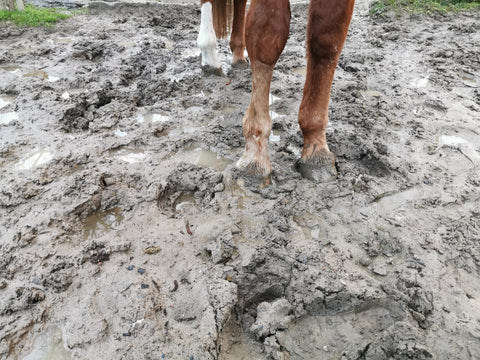
This primarily affects breeds with slow hair growth on the fetlocks. So, if your pet is kept in an open stable and it rains for days, its legs won't stay dry, or they won't have a chance to dry at all for too long. The persistent moisture initially causes warm, reddened patches of skin to appear, which begin to itch intensely. This then develops drop-like exudations that become yellowish and sticky. In the next stage, cracks develop in the skin, which take on a rough, crusty consistency due to the exudations.
Treatment options
What can I do about mud fever?
The answer is fundamentally simple, but requires consistent implementation: hygiene and treatment. Even in the muddiest times of the year, your horse deserves to be treated well. It'll forgive you for not wanting to ride in the worst weather. But no one can take care of daily hoof and body care for you. While your rascal may still love to roll around in the dirtiest spots, the mud crust on his body will fall off, and rain will clean even the muddiest specimen. Not so in the pastern, because this area requires closer inspection and some good tips:
Generally speaking, it's perfectly sufficient to brush the hair in the pastern thoroughly, not just before and after riding, but also to diligently use your fingertips to search for any bumps that might indicate mud fever. When mud fever begins to develop, the hair in the affected area will stand on end, making it easy to identify. In this early stage, washing daily (if possible twice) with a warm soap solution, simply made from Yuki cares mud fever soap and warm water, is sufficient. Make sure to rub the pastern thoroughly afterward. The towel can rub firmly, as this promotes circulation and reduces itching. Of course, be careful with already open skin areas, which you should disinfect before and after contact with mud.
How can I help an equine with severe mud fever?
If you are dealing with a patient whose mud fever has been untreated for a long time, you should be prepared for a longer treatment. If the animal has heavy hairs on its pasterns, inflammation and skin injuries can easily be overlooked and quietly crust over. In such a case, it can be beneficial to carefully shave the hair in the pastern for successful treatment. At the same time, the hairs are actually a protection against mud fever and should therefore only be removed in an emergency. First, you need to soften the hardened tissue (best with warm soapy water as mentioned above) until you can scrape it off with your fingertips. It is important to remove the crust carefully without further injuring the already irritated skin underneath.
After a thorough wash with mud fever soap and water and a thorough drying, apply mud fever cream – feel free to be generous. In the past, sticky zinc ointment was the preferred choice; today, gentle yet incredibly effective natural products and medicinal plants are available. In addition to valuable essential oils, the cream base also contains healthy ingredients: aloe vera oil, shea butter, and cocoa butter keep the skin supple, borage oil soothes, and zinc and colloidal silver promote skin regeneration. Regular application of the mud fever cream prevents the sore area from crusting over, allowing it to breathe and heal.
Treating mud fever with home remedies
Fortunately, treating mud fever with home remedies works very well and doesn't cost much. All you need is soap and water to clean the affected areas. However, it's better not to use harsh soap, but rather mud fever soap with natural ingredients. Coconut, olive, rice germ, and castor oil create a nourishing lather that also has antibacterial properties. The moisturizing substances help soften the scabs, and borage oil reduces itching. You can then use St. John's wort or calendula oil to improve scarring. Tea tree oil has also proven effective for skin problems. Rosemary prevents the damaged skin from developing secondary infections and promotes circulation and wound healing. Frankincense also supports wound healing and protects cells. Basil soothes skin irritations and keeps insects away. The disinfecting effect of essential pine needle oil keeps bacteria away and soothes inflamed skin. If you don't want to buy all of nature's wonderful remedies individually, then use our mud fever soap and our mud fever cream , because they contain everything.
What can the vet do against mud fever?
If you can't get the mud fever under control even after weeks of regular treatment, it's a good idea to call your vet. They will take a tissue sample from the affected area and examine it for various suspicious symptoms. Although dirt is usually the primary cause of mud fever, other causes may be present or prevent healing. For classic bacterial infections, conventional medicine will prescribe antibiotics. If fungal or mite infestation is identified as the cause, special shampoos are used. Bandages, boots, hoof boots, and other items should also be thoroughly cleaned to prevent the mites from returning to the horse's leg. It's very rare for viruses to be responsible for mud fever, but nothing is impossible. The only thing that helps here is strengthening the patient's immune system. After the use of antibiotics, intestinal cleansing can also be very helpful. Allergies or metabolic disorders can also be responsible for skin problems; the trigger must be identified. Since each of these potential triggers must be searched for and identified individually, treatment may take longer and be cost-effective. An experienced animal health practitioner ( here's how to find one ) can often help you here.
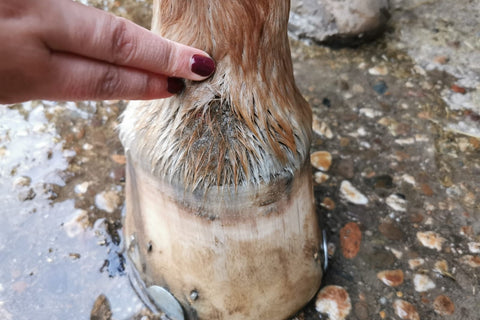
Feeding
What should I feed if my dog has mud fever?
Mud fever is a disease that can be associated with a weakened immune system. Therefore, you can support the animal's immune system with appropriate feeding, but it can also be disrupted by feeding errors. This results either from poor roughage quality (contaminated green fodder, silage with too much protein, etc.), from chemical additives in industrially produced muesli, or even vaccinations and worming treatments that put a strain on the liver. The diseases of affluence that many of today's equines suffer from also have a negative impact on skin quality. Too much protein and fructan combined with too little exercise is toxic for every horse and manifests itself in varying degrees. A key element for healthy skin care is zinc. Equines with low nutrient requirements, such as all robust breeds, mules, and donkeys, often suffer from micronutrient deficiencies, which result in inadequate mineralization. So, what should you feed for mud fever? When feeding minerals, pay particular attention to zinc intake, which should be sufficient, especially during shedding and when suffering from mud fever, and also tailored to your pet's weight and type. The grain content in the food should be significantly reduced, and you should generally avoid feed mixtures that contain many artificial additives and preservatives.
Zinc: the underestimated power element for skin and hair
For stubborn cases of mud fever, a high-dose zinc treatment lasting approximately 10 days has proven effective. Therefore, if you want to treat your mud fever patient to a zinc treatment, you should pay particular attention to the bioavailability of the trace element, as this can vary greatly from product to product. Inorganic compounds such as zinc sulfate or zinc oxide are far less effective than the so-called chelated form of zinc, even at high doses. Chelation is the process by which zinc binds to other substances to be more easily absorbed and increase bioavailability. This occurs by electrically charging the molecules, which in this state can bind and transfer far more zinc. It is important to pay attention to interactions with other fed elements. If the preparation contains glucose, grain or linseed flour, fruit pomace, etc., the transport of zinc to the area affected by mud fever is slowed or stopped altogether.
Secondary deficiency of zinc and manganese
It also happens that zinc alone isn't enough to control mud fever from the inside. To ensure your four-legged friend isn't suffering from a deficiency of certain elements, play it safe. In this case, you should have a coat mineral test or a blood test done. To be able to assess the condition as unaffected as possible, you should stop feeding mineral supplements at least five days before the test. Manganese supply enables the enzymatic detoxification of nitrogen. Manganese deficiency can lead to secondary zinc deficiency, which can be a cause of detoxification disorders. In this regard, too, the metabolic strain caused by the constant intake of preservatives and flavorings in industrial muesli is often overlooked. This applies to both animals and humans! Wonderfully fragrant muesli and mash varieties that are fed moist, but also treats that smell like apples, bananas, etc., are usually boosted with flavorings. So beware of overly strong scents! Optimize basic nutrition, because otherwise (even beyond the mud fever) strains the kidneys, liver, and intestines. The body chooses the skin as the last organ to detoxify. Therefore, mud fever can easily be described as a detoxification disorder.
In this case, too, a veterinary practitioner experienced in horse nutrition can provide valuable assistance with examinations, interpretation, and correct feeding.

Mud fever prophylaxis
Pastern eczema mud fever – what to do, what to avoid?
In addition to consistent hygiene and regular treatment, air supply is essential for the healing process of mud fever. The damaged skin needs to be able to breathe, so certain ointments that seal the wounds airtight should never be used. Forget lanolin, Vaseline, or Penaten cream; they seal just as airtight as the scab itself. The exact opposite should be the case (which is why you should remove the scab by treating it with mud fever soap. The mud fever cream moisturizes and then absorbs it); the injured area must be able to breathe and should therefore have good blood circulation. This means, by no means, that mud fever patients should be forced to rest in a stable. Even if work under the rider is restricted or suspended, the animal should be able to move with the herd, because as we already know: movement is the most important thing. It is also better to leave the damaged areas unbandaged. Gaiters or bandages could rub, and mud and dirt usually still get into the wound. But since you should be washing, drying, and treating it regularly anyway, the pasture mud isn't a problem.
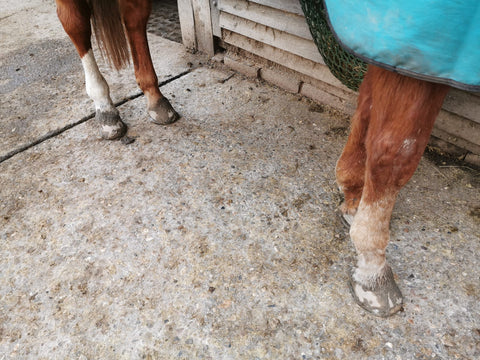
No fear of mud and dirt
Of course, hygiene is always an issue that promotes health and slows down bacteria. But we would like to emphasize one thing again: mud and slush cannot harm a horse's coat if the skin is healthy. You may have already noticed that even the most dirt-encrusted animals get clean again without grooming; nature itself has ensured this. Dirt only becomes a problem when injuries occur and the dirt comes into contact with the bloodstream. Mud fever develops more easily when there are small injuries on the legs. Because these are often overlooked, it is not easy for a layperson to determine after a few days whether it is scar tissue or already mud fever. In any case, the following applies: clean , dry, allow air to get to the horse and treat regularly with mud fever cream .
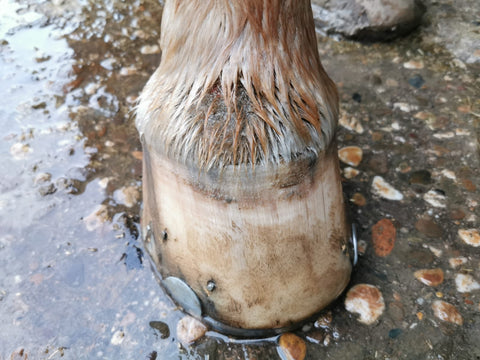
Stress as a trigger for mud fever and other skin diseases
We know that stress can have extremely negative effects on us humans. It's no different for our sensitive horses. A horse – depending on its character and breed, of course – quickly feels stress, for example, when something familiar changes. We know this from riding out, when something unexpected suddenly occurs and your partner starts acting up. But even the sensitive horse's "privacy" can be disturbed, for example, when a favorite friend suddenly disappears, rest periods in the stable are disturbed by noise or light, or the horse has to integrate into a new herd. In this latter case, not only your furry friend's social skills are challenged, but also his immune system. New stable, new germs, so new antibodies must be produced. The only thing that helps your friend is his intact immune system, which you can support through targeted feeding (see above), sun and fresh air, and sufficient exercise. By the way, mental challenges (ground work, circus arts, etc.) also have a positive effect on your horse's immune system if the motivation is right. In stressful situations, you can also give your horse some relaxation with our Yuki cares Cool down .
Different forms of mud fever
If you'd like scientifically sound information about mud fever, please read on. Medicine distinguishes between three types of mud fever:
- Eczematous mud fever (Eccema squamosum, or Eccema madidans)
- Verrucous mud fever (dermatitis verrucosa)
- Common Moth (Dermatitis gangrenosa)
If mud fever – no matter what type – is left untreated, it can have serious consequences. We've already mentioned the blood poisoning that ultimately results from this. However, it can also happen that untreated mud fever spreads further and further up the leg, which can lead to massive swelling (elephant's feet) and severe lameness. Rasp is similar to mud fever and can develop in places other than the fetlock. The causes and treatment options are essentially the same. Both diseases in horses have been known since time immemorial. While in cavalry times, animal charcoal, sulphur flower, and zinc ointment were primarily used for treatment, modern forms of treatment also allow the use of scientifically researched medicinal plants.
Effects of natural products and medicinal plants on mud fever
Nature offers the right remedies for all of us. In the case of mud fever, we are dealing with various triggers that must be combated. First of all, the itching is extremely annoying for horses and must be controlled. Tea tree oil is particularly effective here, as it has wound-healing properties, while the essential oil also works against mites and fungal infections. Borage oil also has strong anti-itch properties. Rosemary contains a harmonious combination of bitter substances, tannins, resins, and essential oils, as well as small amounts of saponin. This has a vasodilating and circulation-stimulating effect. Frankincense has been successfully used in Ayurvedic medicine for over 5,000 years to treat chronic inflammation, skin diseases, asthma, and rheumatism. Basil also has a calming and anti-inflammatory effect. Spruce needles are not only effective for coughs and sore throats, but also have a beneficial anti-inflammatory effect.
The solution from Yuki cares
The Yuki cares mud fever soap nourishes the skin and gently removes the typical mud fever crusts without further damaging the skin. The bar of soap can be used to directly scrub and lather the horse's legs.
Yuki cares Mud Fever Cream provides sore skin with nourishing and anti-inflammatory ingredients without sticking to the wounds. The cream is quickly absorbed, allowing the skin to breathe and dry, preventing the formation of a new bacterial breeding ground. It also relieves the excruciating itching.
Only while stocks last:
The Yuki cares Mud Fever Wash Flakes have the same effect as the mud fever soap. They make it easy to prepare a soap solution for washing the affected areas. It's somewhat more economical to use than soap.
Text by Balance Cure Animal Healing Practice & Textbroker / DieKummer
Photos by Balance Cure Animal Healing Practice & Mara-Lina Kraemer





